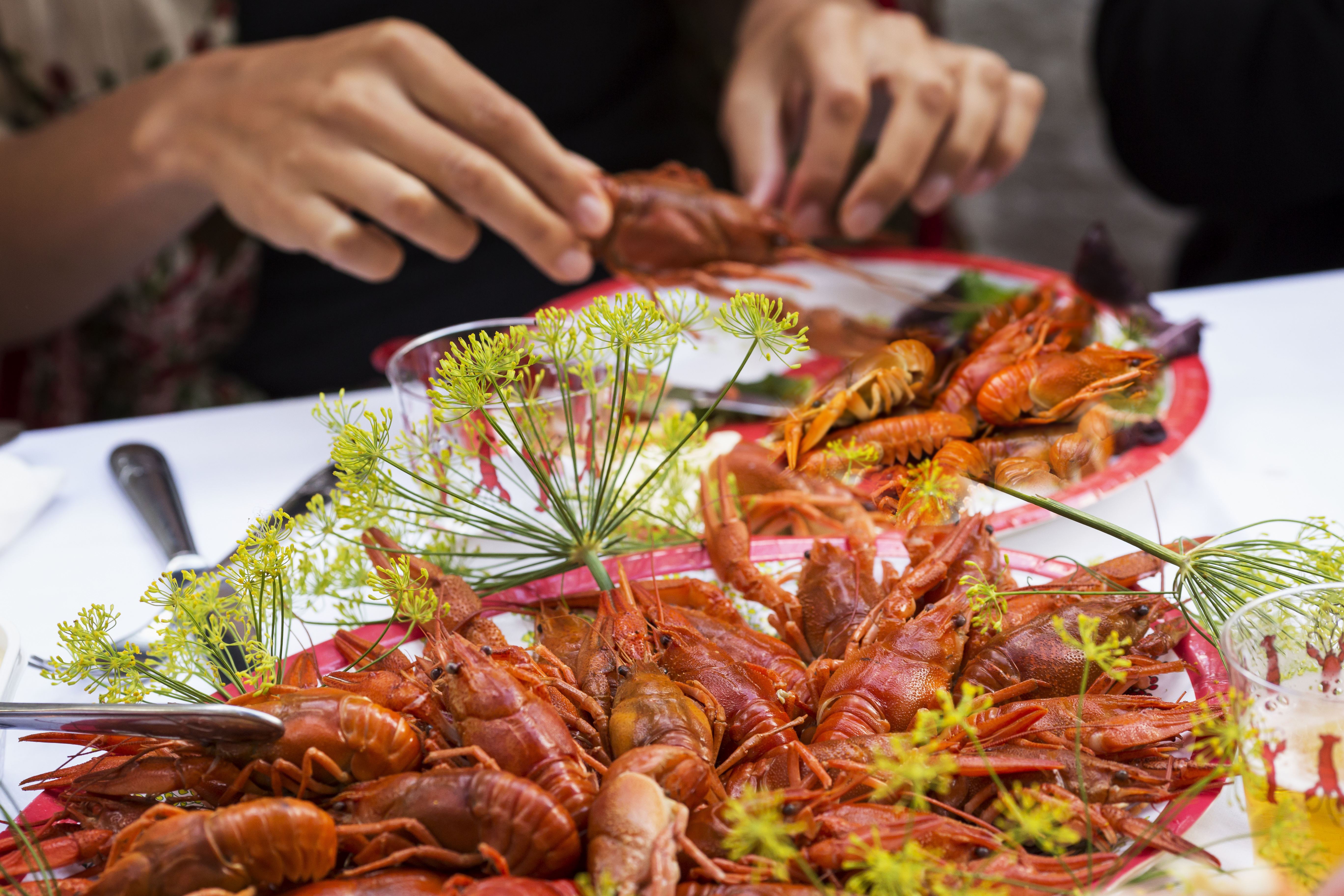Video provided by Chongqing Municipal Commission of Culture and Tourism Development
Surreal · Cityscape
Cyberpunk, surreal and eight-dimensional, top attraction – Chongqing has been one of the most popular tourist destinations in China and around the world in recent years. Distinctive urban landscape is viewed in this city built on mountains: Hongya Cave, a 11-storey traditional local stilt house abutting a steep cliff; Liziba station, where the light rail goes right through a residential building; Twin River Bridges, two cable-stayed bridges with vertically parallel decks for motor vehicles and light rail; Huangjuewan Overpass, a 5-storey maze connecting 20 ramps and 8 roads and probably the most complicated one in China……and the list goes on. In Chongqing, apart from east, west, north and south, one should also consider the upward and downward directions. When your taxi-hailing app shows that the driver has arrived but you could not see anything, the driver is probably looking for you on the other level of the road as well. If you ask the locals for direction, they may tell you that the best way to go to a certain road is to enter the shopping mall besides you, and exit on a different floor. At some point, you can view all sorts of vehicles by the Yangtze River, from the airplane and Yangtze River cableway in the sky, to cruises and ships on the river, light rail on the bridge and motors on the street, weaving a magical modern cityscape right in front of you.
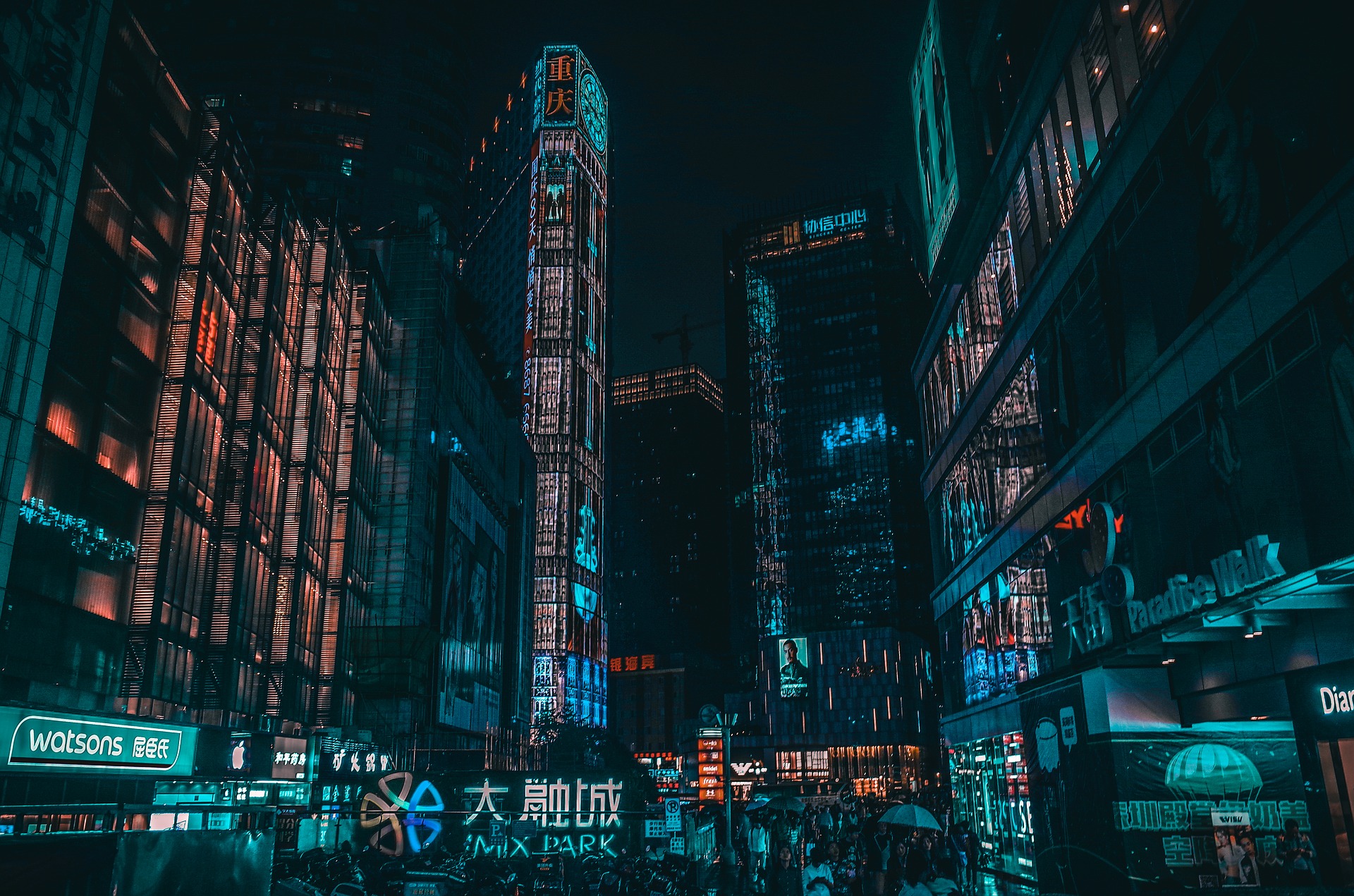 Twin River Bridges / Foto av Jerry Wang
Twin River Bridges / Foto av Jerry Wang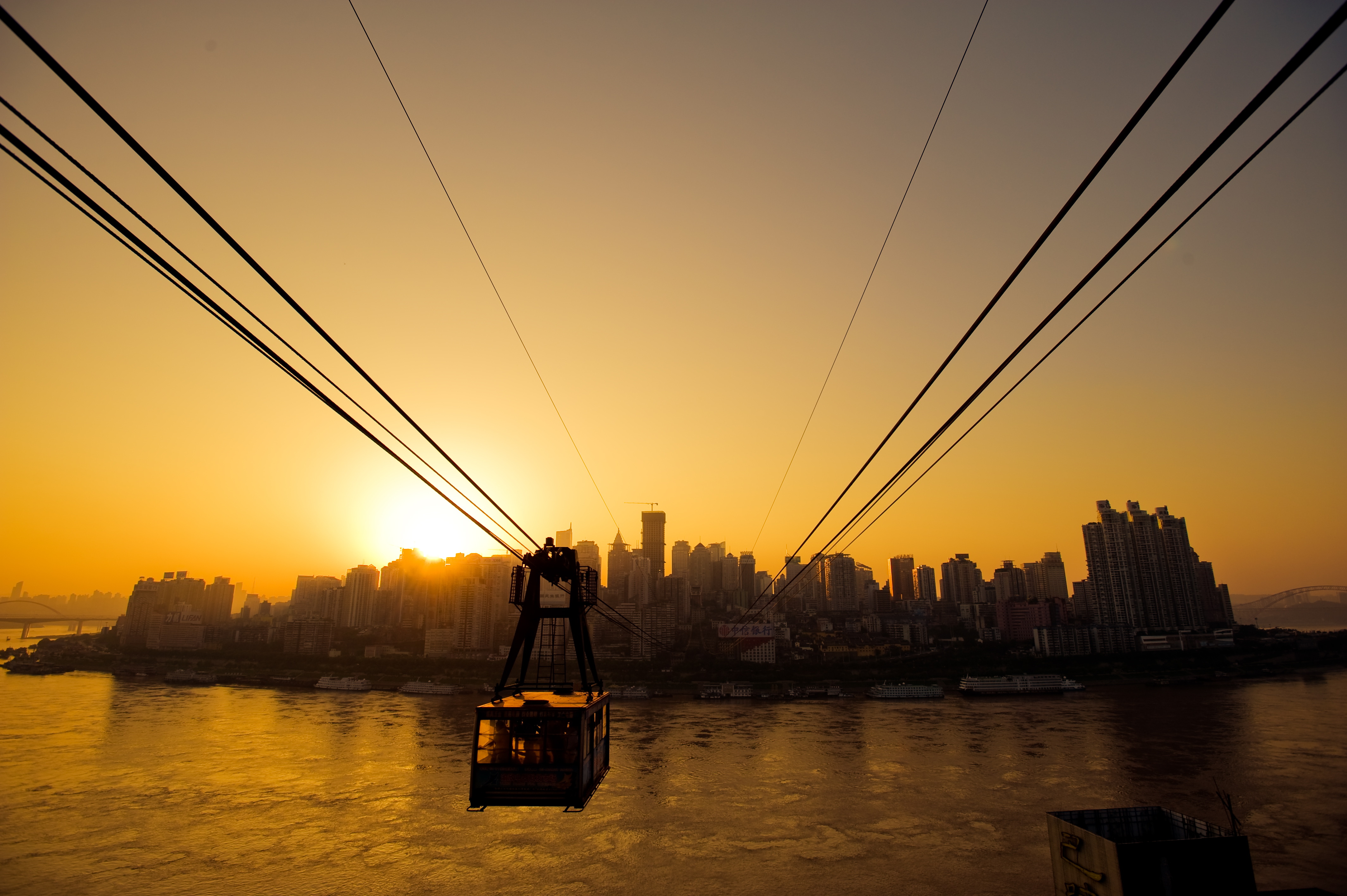 Guotai Arts Center / Foto av John Salvino
Sichuan Fine Arts Institute / www.scfai.edu.cn
Guotai Arts Center / Foto av John Salvino
Sichuan Fine Arts Institute / www.scfai.edu.cn
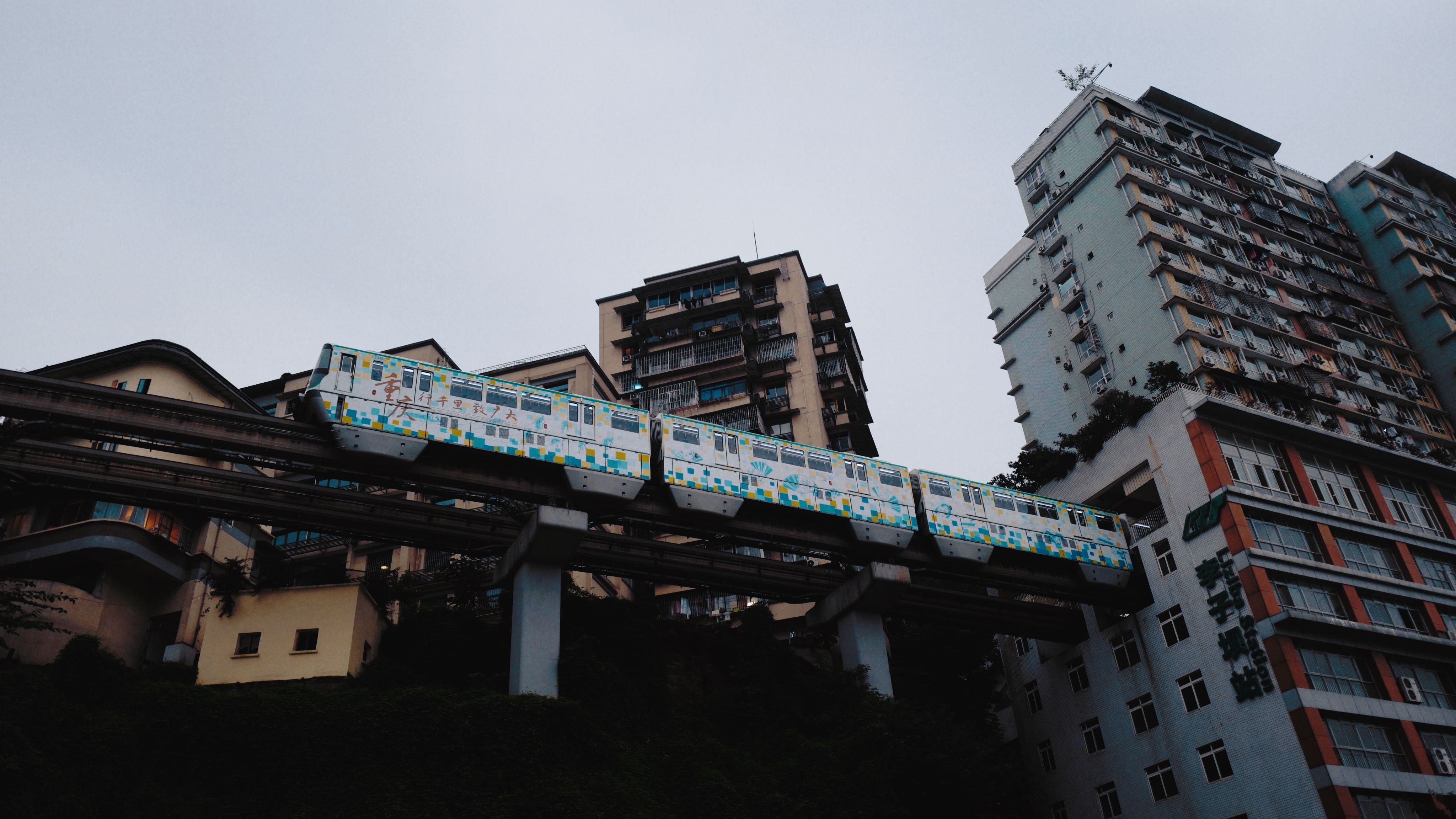 Liziba Station / Foto av Billow 926
Liziba Station / Foto av Billow 926
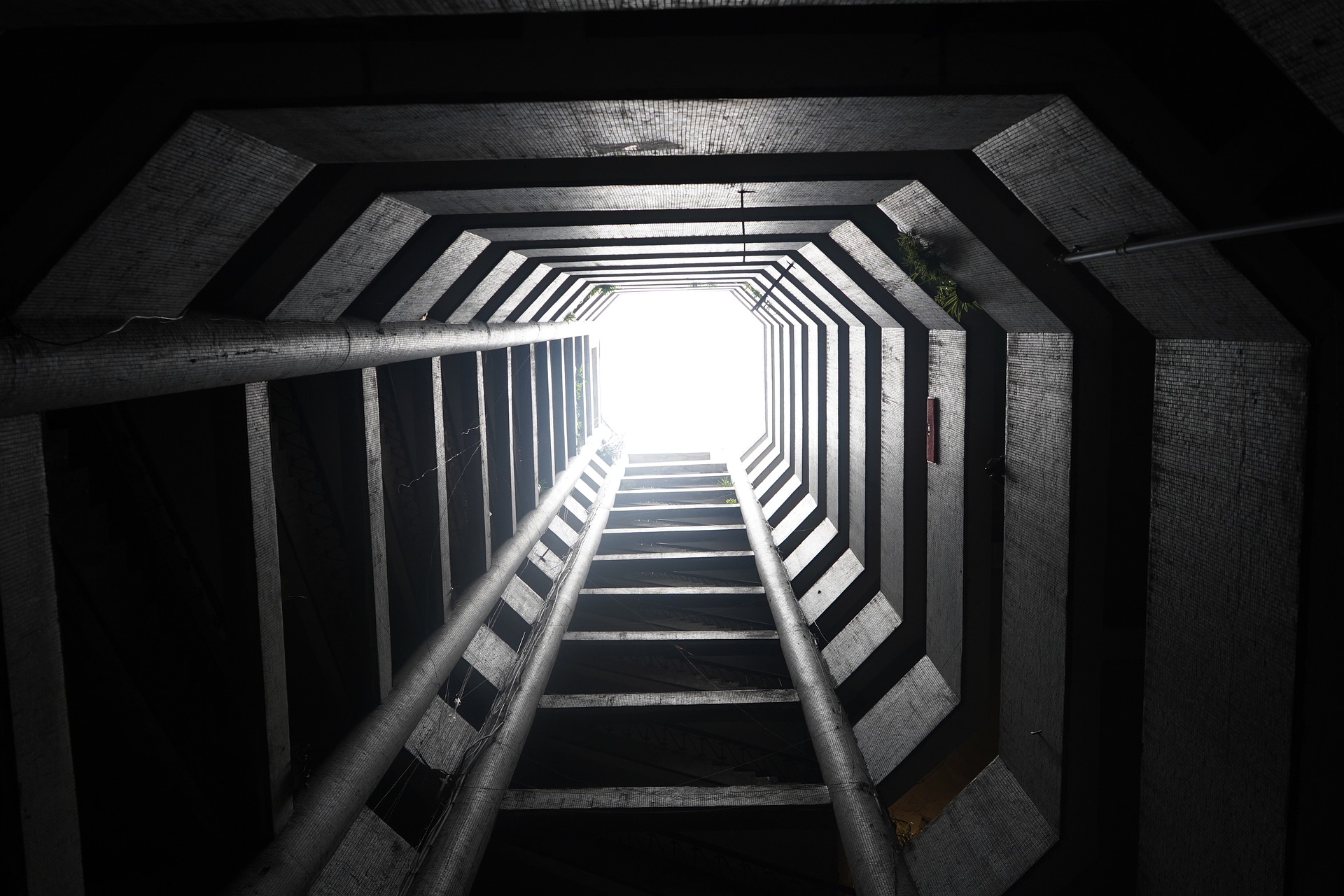 Foto av Sury0820
Foto av Sury0820
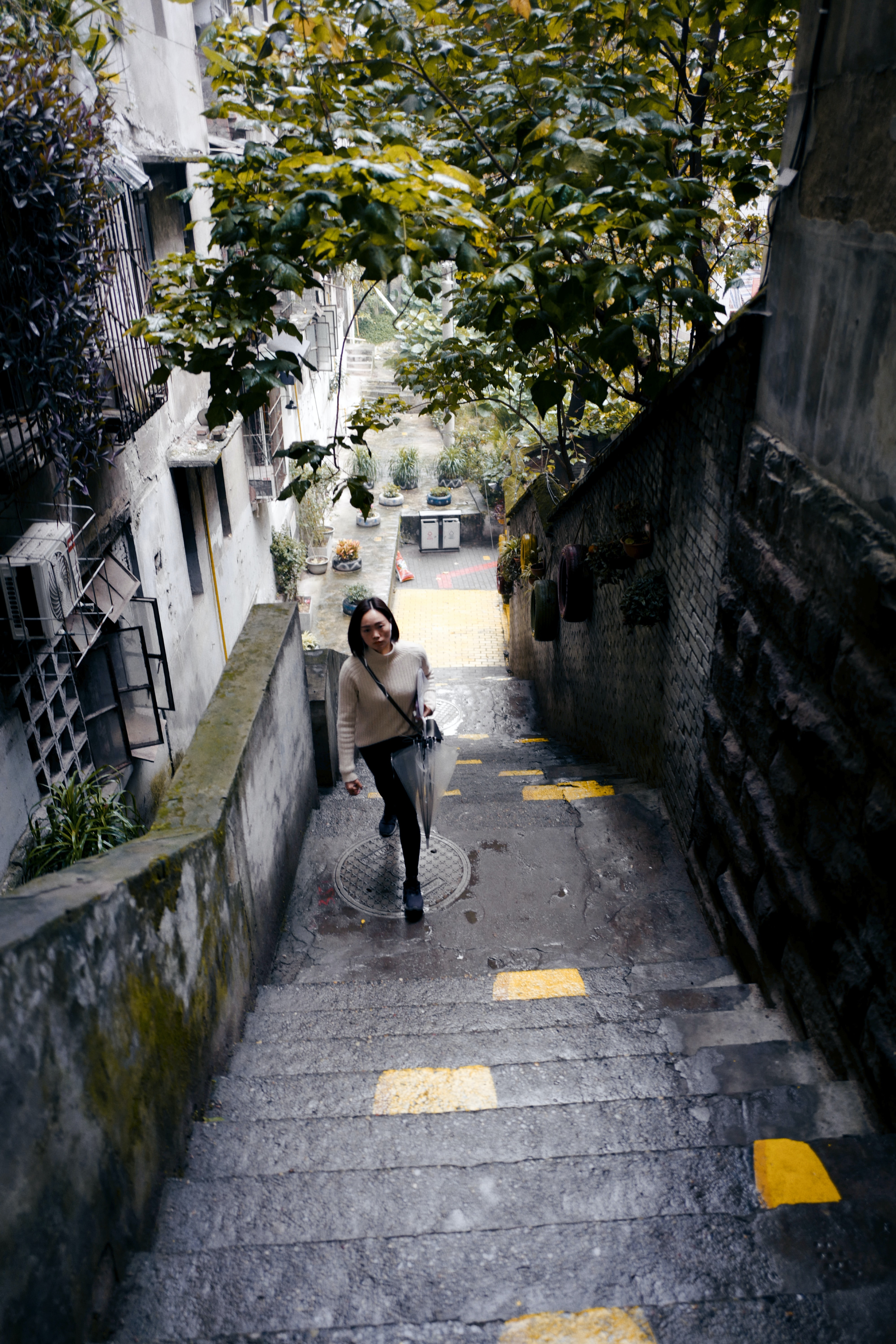 Foto av Billow 926
Foto av Billow 926
Distinctive · Landscape
Chongqing enjoys a surreal and magical cityscape, as well as unique and charming natural landscape. Wulong and Jinfo Mountain in Chongqing, as a part of the element South China Karst, was inscribed as UNESCO world natural heritage in 2014. The majestic Wushan Mountain and Lesser Three Gorges feature peculiar peaks reaching up to the sky and lush vegetation, where boats sail on rivers running through underground caves; the spectacular Wulong Karst, an ode to the incredible craftsmanship of nature, encompass karst caves, dolines, gorges, peak clusters and alpine meadows and a range of other landforms; Wansheng Black Mountain Valley, praised as “the most beautiful valley of health preservation” in China, is a scenic zone of wondrous scenery featuring steep mountains, sparkling streams, enchanted forests and secluded caves. In Chongqing, one is able to view all kinds of creation of nature.
Jinfo Mountain, Nanchuan district
Three Natural Bridges, Wulong district
Bamboo Forest, Liangping county / Foto av 曾卫民 Zeng Weimin
Simian Mountain, Jiangjin district / Foto av 谢洪均 Xie Hongjun
Celestial Stone Forest, Wansheng district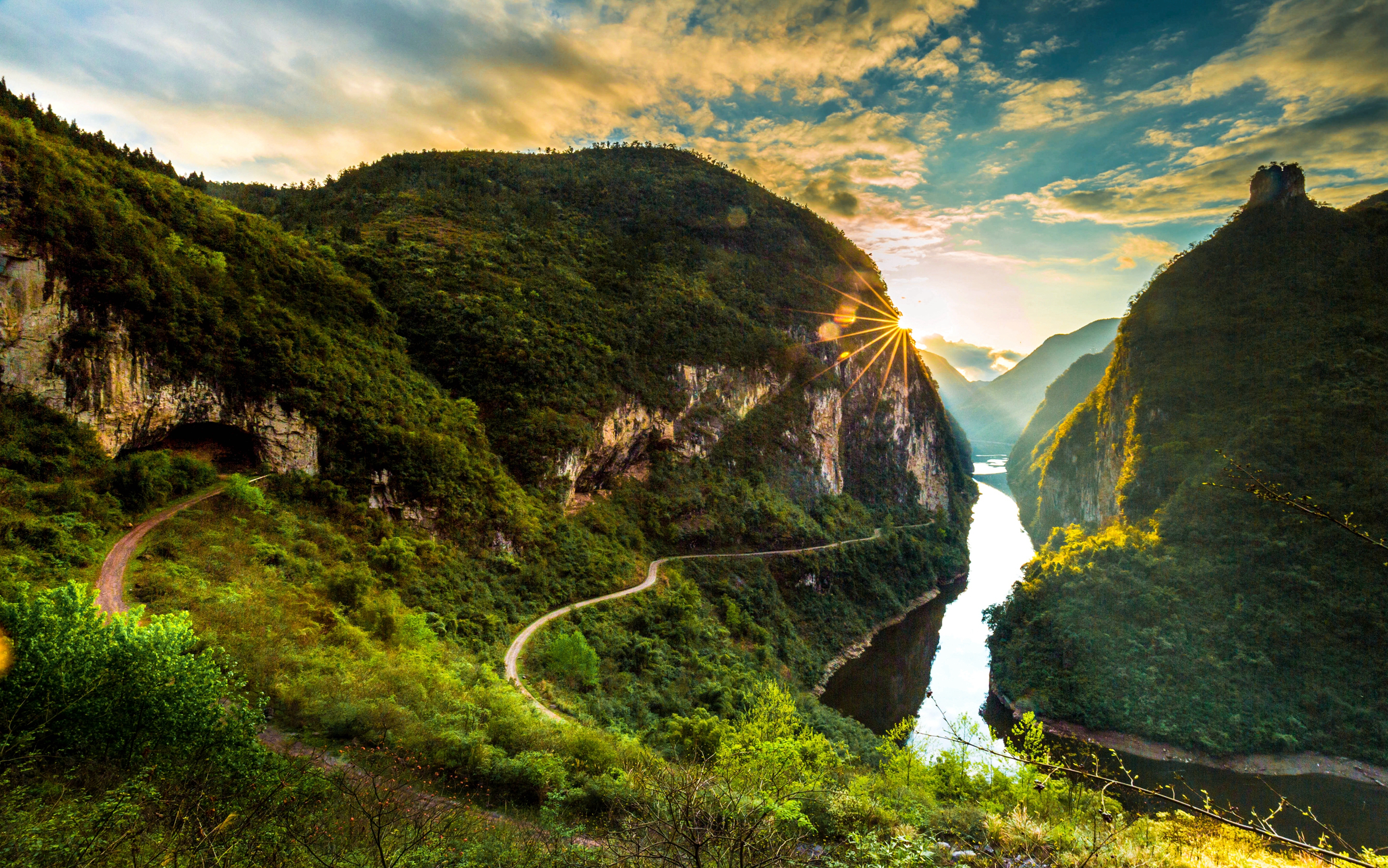 Apeng River Valley, Youyang county
Taohuayuan Scenic Area, Youyang county / Foto av 杨孟 Yang Meng
Lesser Three Gorges, Wushan county
Wansheng Black Mountain Valley
Wansheng Black Mountain Valley
Yingfeng Lake National Wetland Park, Dianjiang county
Ronghui Hot Springs, Shapingba district
Fairyland of Chuanhegai, Xiushan county / Foto av 唐磊 Tang Lei
Apeng River Valley, Youyang county
Taohuayuan Scenic Area, Youyang county / Foto av 杨孟 Yang Meng
Lesser Three Gorges, Wushan county
Wansheng Black Mountain Valley
Wansheng Black Mountain Valley
Yingfeng Lake National Wetland Park, Dianjiang county
Ronghui Hot Springs, Shapingba district
Fairyland of Chuanhegai, Xiushan county / Foto av 唐磊 Tang Lei
Colorful · Culture
Diverse and integrated cultural landscape of Chongqing fully displays and protects the appealing cultural treasures and folk customs of all ethnic groups. Dazu Rock Carvings were listed as world cultural heritage by UNESCO in 1999 due to their grand scale, remarkable aesthetic quality, rich diversity of subject matter and significant historical, scientific and artistic values. Baiheliang Underwater Museum, the first underwater museum in China, is built based on Baiheliang Ancient Hydrological Inscription recording 72 years of water level variation data in over 1200 years and is endorsed by UNESCO as the “No.1 Ancient Hydrometric Station in the World”. Baidi City, the “City of Poetry”; Anju Ancient Town, Tongliang county; Wanling Ancient Town, Rongchang district; Chiyou (ancestor of the Miao people) Jiuli City…… all these ancient towns have been lying in the nature for thousands of years and continue to preserve the roots of local culture.
The mountains and rivers in Chongqing have nurtured a unique local culture that shines in the classic poems of acclaimed poets throughout history – Li Bai, Du Fu, Bai Juyi, Li Shangyin, Su Shi, Huang Tingjian, etc. Their epic poems, depicting and revealing the magnificent scenery as scroll paintings, may lead us to the splendid spiritual worlds of the ancients.
Leaving the White Emperor Town at Dawn
Li Bai, Tang dynasty
Leaving at dawn the White Emperor crowned with cloud;
I’ve sailed a thousand miles through Gorges in a day.
With monkeys’ sad adieux the riverbanks are loud;
My skiff has left ten thousand mountains far away.
Think of My Dear Wife
Yuan Zhen, Tang dynasty
No water’s enough when you have crossed the sea;
No cloud is beautiful but that which crowns the peak.
I pass by flowers that fail to attract poor me;
Half for your sake and half for Taoism I seek.
(Translated by Xu Yuanchong)
大足石刻 千手观音 Thousand-hand Bodhisattva Guanyin, Dazu Rock Carvings
涪陵 白鹤梁石刻 Baiheliang Ancient Hydrological Inscription, Fuling district
奉节县 白帝城 Baidi City, Fengjie count
彭水县 蚩尤九黎城 九黎神柱 Jiuli Sacred Pillar, Chiyou Jiuli City, Pengshui county
荣昌万灵古镇 大荣桥之晨 Darong Bridge in the Morning, Wanling Ancient Town, Rongchang district
铜梁安居古城 Anju Ancient Town, Tongliang district
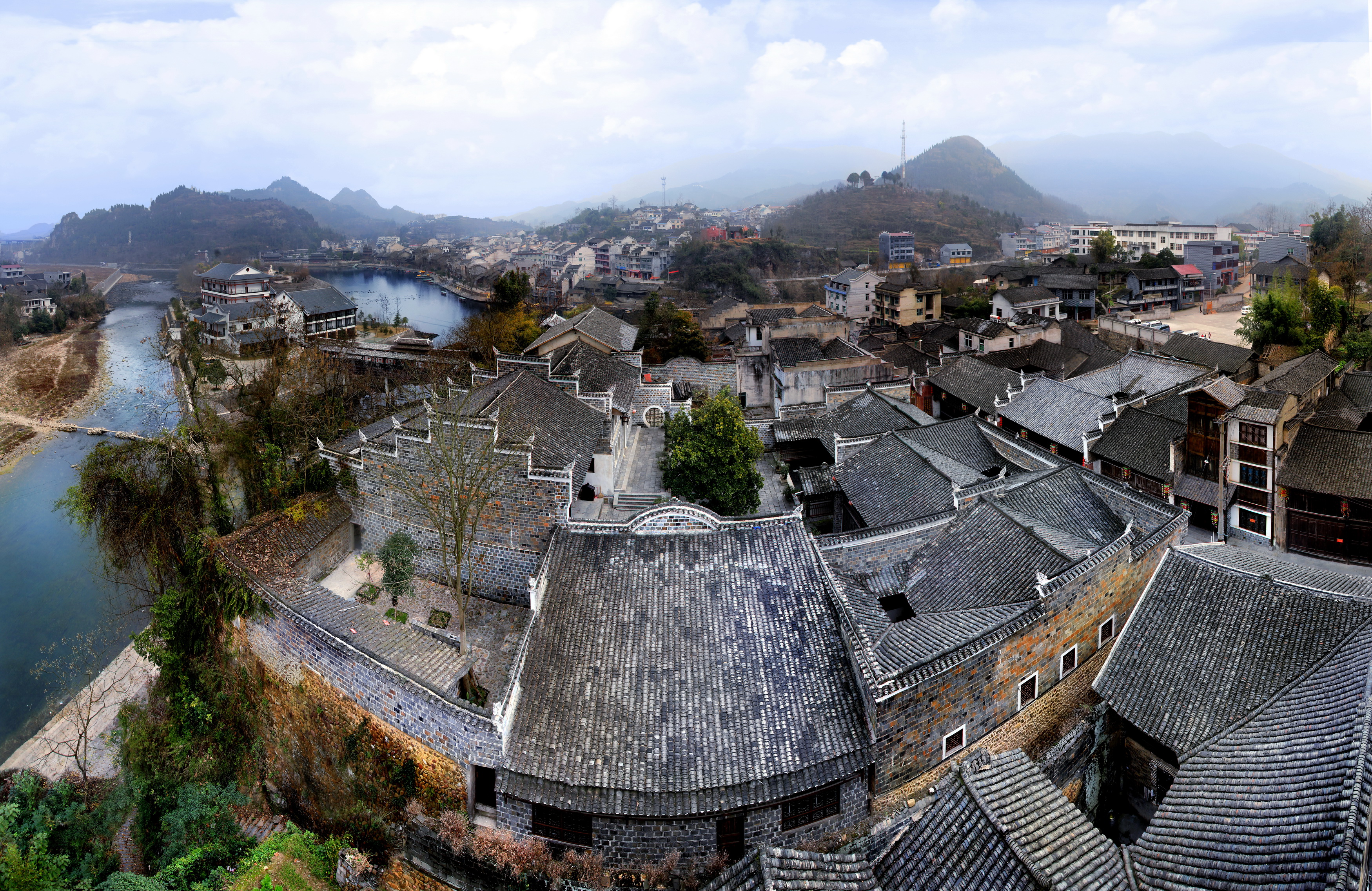 秀山边城风光 Border Town Xiushan County / 田余君 Tian Yujun
合川钓鱼城 Hechuan Fishing Town
忠县 石宝寨 Shibaozhai Fortress, Zhong county
梁平县晒秋节 Sun-dried Autumn Festival, Liangping county
酉阳县 龙潭古镇 Longtan Ancient Town, Youyang county
秀山边城风光 Border Town Xiushan County / 田余君 Tian Yujun
合川钓鱼城 Hechuan Fishing Town
忠县 石宝寨 Shibaozhai Fortress, Zhong county
梁平县晒秋节 Sun-dried Autumn Festival, Liangping county
酉阳县 龙潭古镇 Longtan Ancient Town, Youyang county
Spicy · Cuisine
As an immigrant city, Chongqing received at least seven waves of immigration in the recorded history of 3000 years. Consequently, Chongqing cuisine featuring pungency, spiceness and tastiness, has its origin from Sichuan cuisine and absorbs a variety of flavors to create its own style. Apart from the popular Chongqing hot pot, Chongqing noodles (Xiaomian), spring chicken and grilled fish, Chongqing also sets up a series of cuisine standards for 12 dishes, namely double cooked pork slices, stuffed tofu soup, Chongqing-style boiled blood curd, spicy chicken, sweet and sour prawns, chicken tofu pudding, home-style sea cucumbers, Chongqing-style deer sinews, dry fried longsnout catfish, roasted duck with camphor tree and tea leaves, diced rabbit with dried tangerine peels and ox tail soup. Only the vigorous and forthright Chongqing people can create pleasantly pungent and intensely spicy Chongqing cuisine
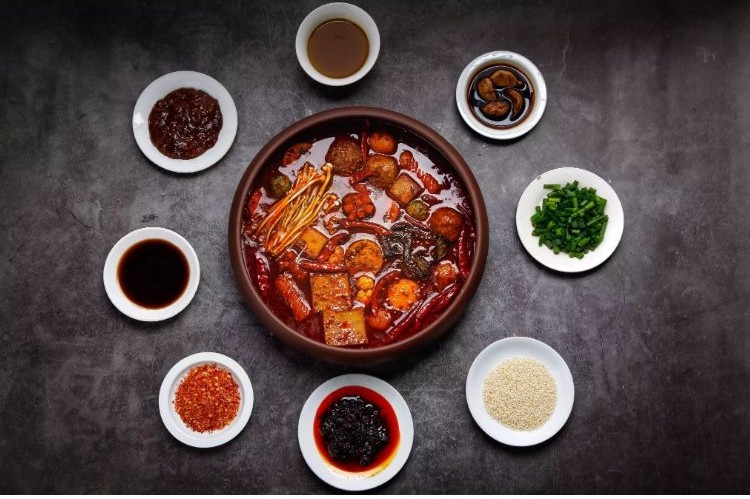 重庆火锅 Chongqing Hot Pot
重庆火锅 Chongqing Hot Pot
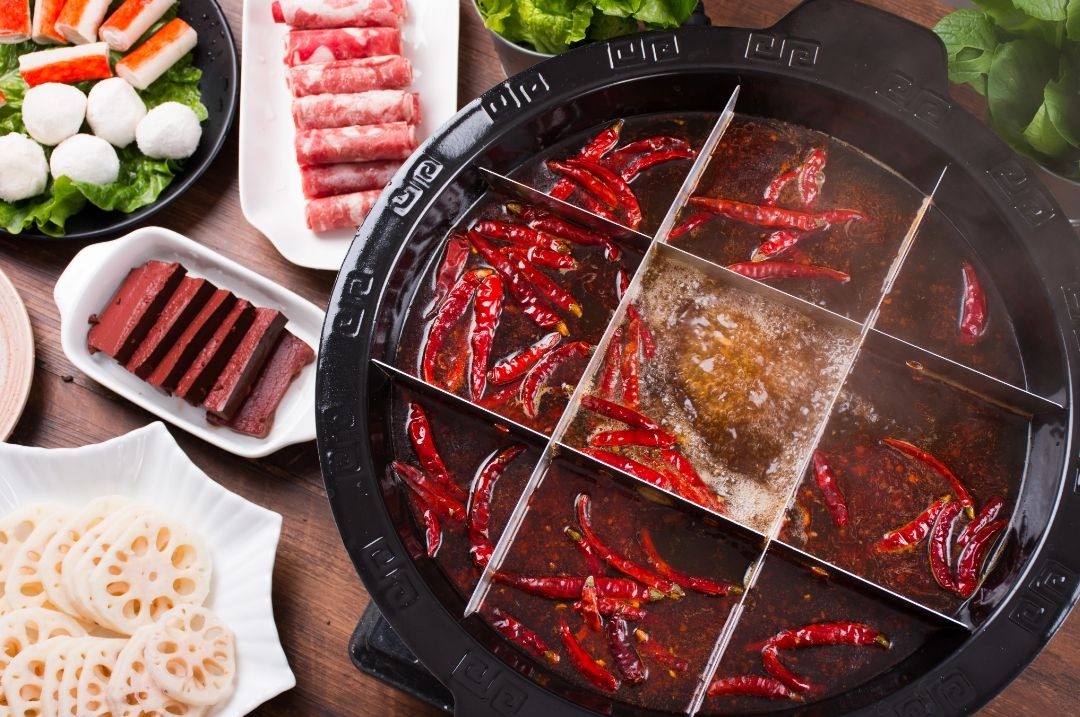 重庆火锅 Chongqing Hot Pot
重庆火锅 Chongqing Hot Pot
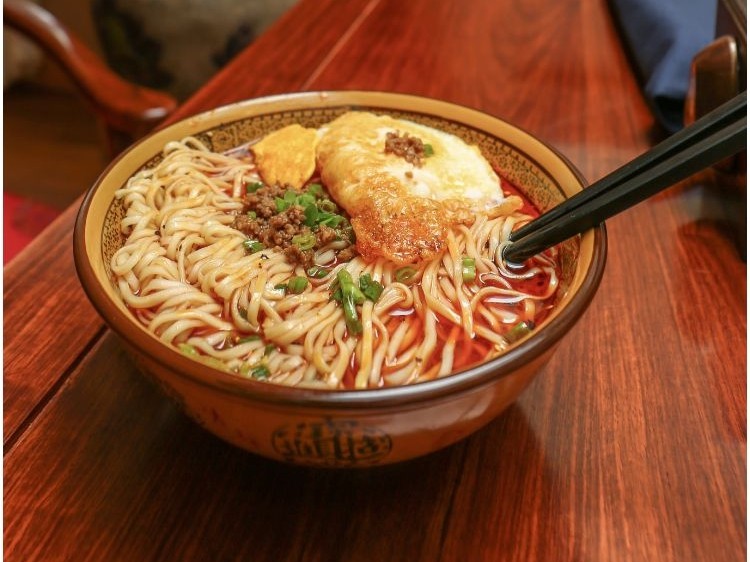 重庆小面 Chongqing Noodles (Xiaomian)
重庆小面 Chongqing Noodles (Xiaomian)
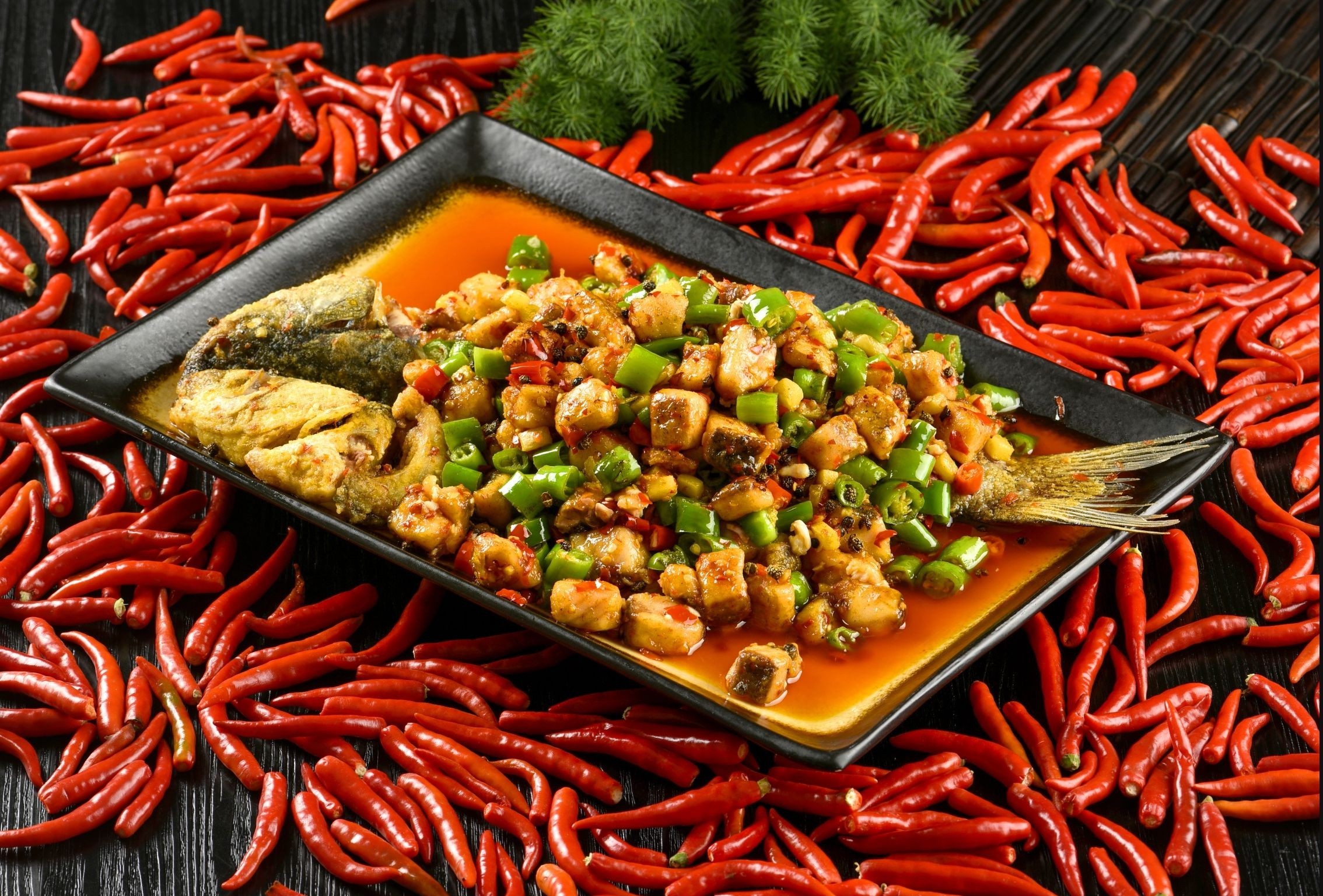 烤鱼 Grilled Fish
水煮鱼 Poached Fish Filets in Chili Oil
烤鱼 Grilled Fish
水煮鱼 Poached Fish Filets in Chili Oil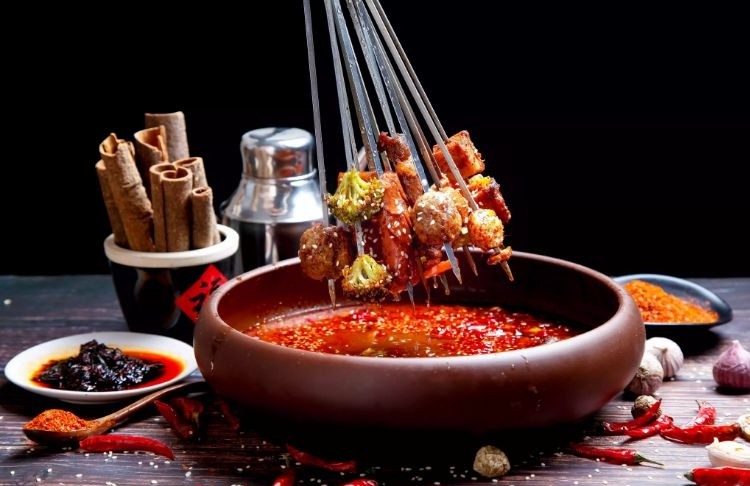 酸辣粉 Hot and Sour Rice Noodles
酸辣粉 Hot and Sour Rice Noodles
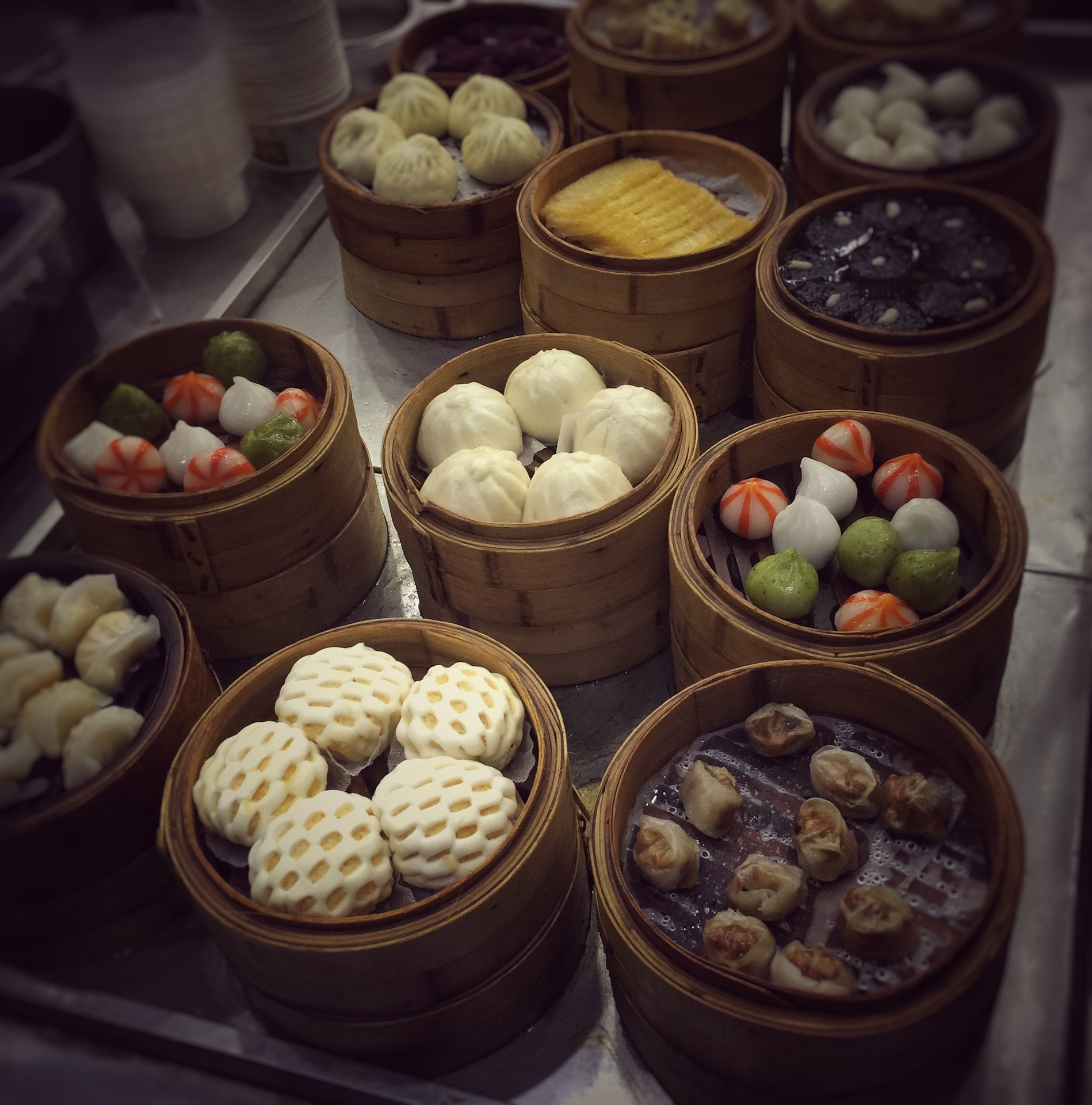 Image by RVAJ
Image by RVAJ
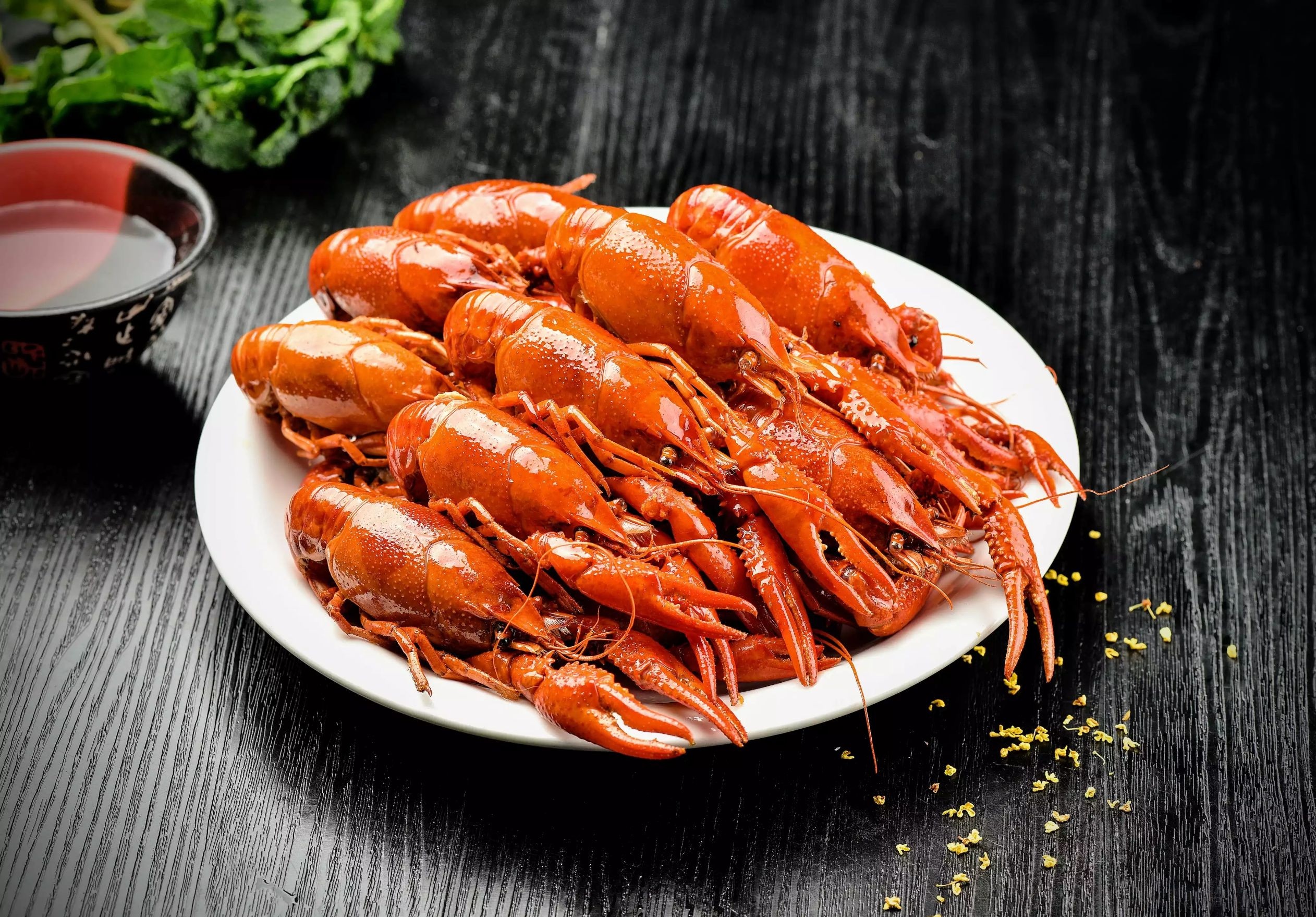 麻辣小龙虾 Spicy Crayfish
麻辣小龙虾 Spicy Crayfish
China and Sweden share a common interest in crayfish. In China, pungent and spicy crayfish is popular across the nation, as well as braised crayfish in chili / garlic / soy sauce / with beer and grilled crayfish, etc. In Sweden, people hold outdoor crayfish party every August to celebrate the end of summer. Eaten only by Sweden’s upper-class citizens and aristocracy in the 1500s, crayfish have become a national delicacy enjoyed by all. Indeed, many people like to catch their own crayfish. The most popular way of cooking crayfish is to boil them in brine with plenty of crown dill. Paper tablecloth and colourful plates are arranged with gaily coloured paper lanterns hung around the table. The most popular type of lantern shows a smiling full moon. People wear bibs around their necks and comic paper hats on their heads. You eat crayfish cold, with your fingers. Sucking noisily to extract the juices is perfectly acceptable behaviour. Bread and a strong cheese such as mature Västerbotten are side dishes. People mostly drink beer and the inevitable schnapps.
 Anna Hållams/imagebank.sweden.se
Anna Hållams/imagebank.sweden.se
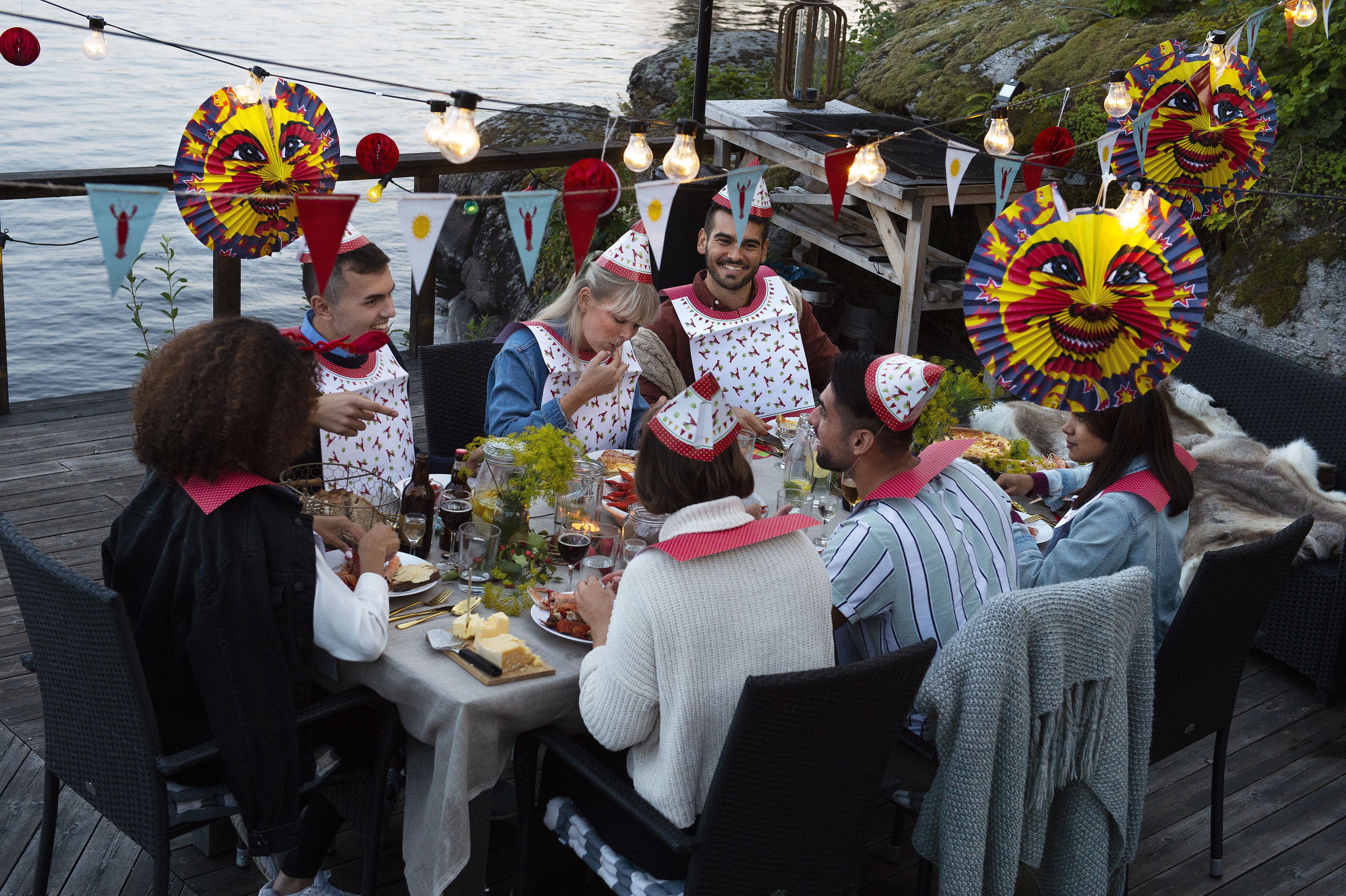 Anna Hållams/imagebank.sweden.se
Carolina Romare/imagebank.sweden.se
Facebook: China Cultural Center in Stockholm
https://www.facebook.com/China-Cultural-Center-in-Stockholm-110983273921638
https://www.tiktok.com/@cccinstockholm
Wechat: 斯德哥尔摩中国文化中心 or scan the QR code below
Anna Hållams/imagebank.sweden.se
Carolina Romare/imagebank.sweden.se
Facebook: China Cultural Center in Stockholm
https://www.facebook.com/China-Cultural-Center-in-Stockholm-110983273921638
https://www.tiktok.com/@cccinstockholm
Wechat: 斯德哥尔摩中国文化中心 or scan the QR code below
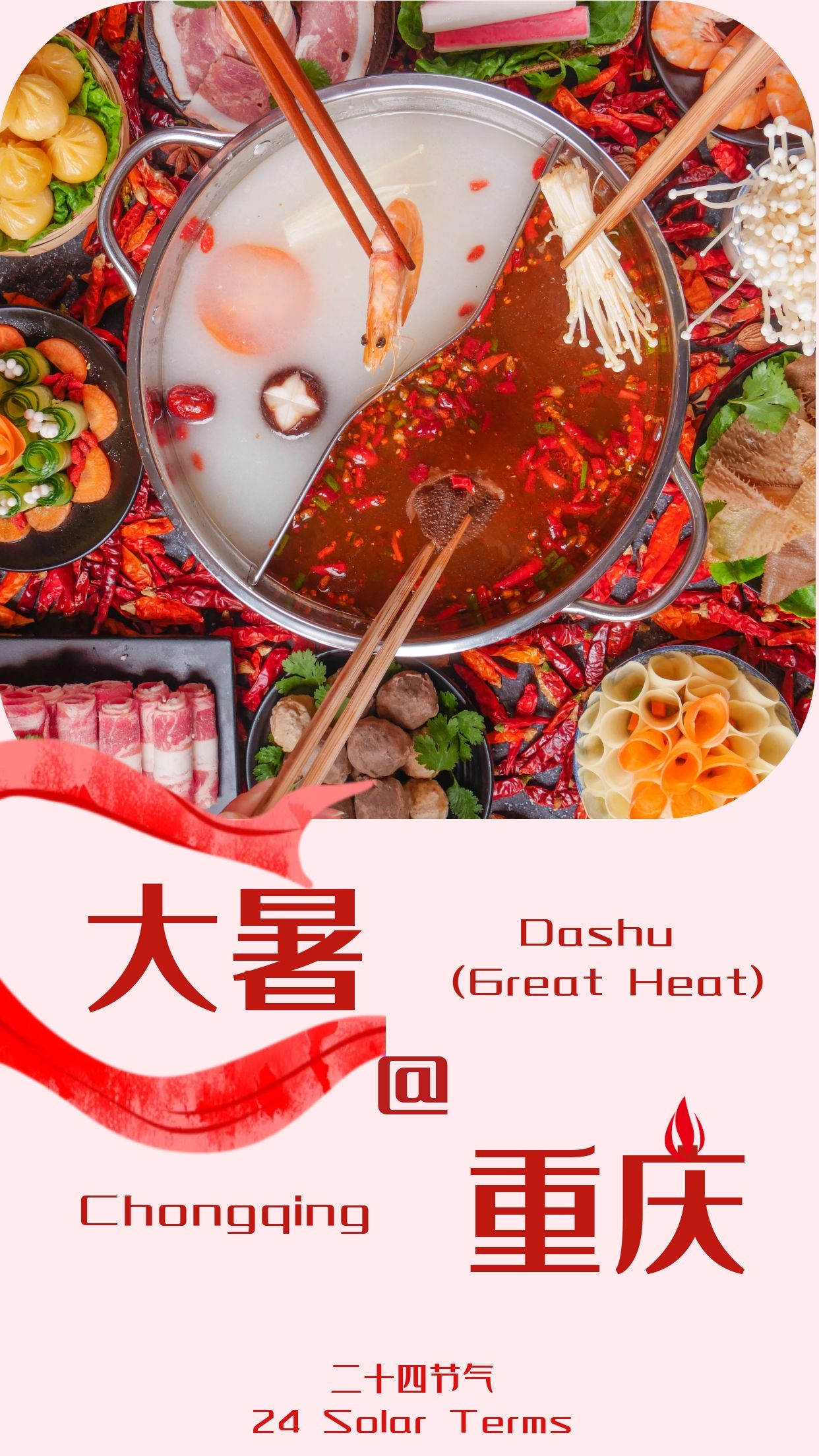
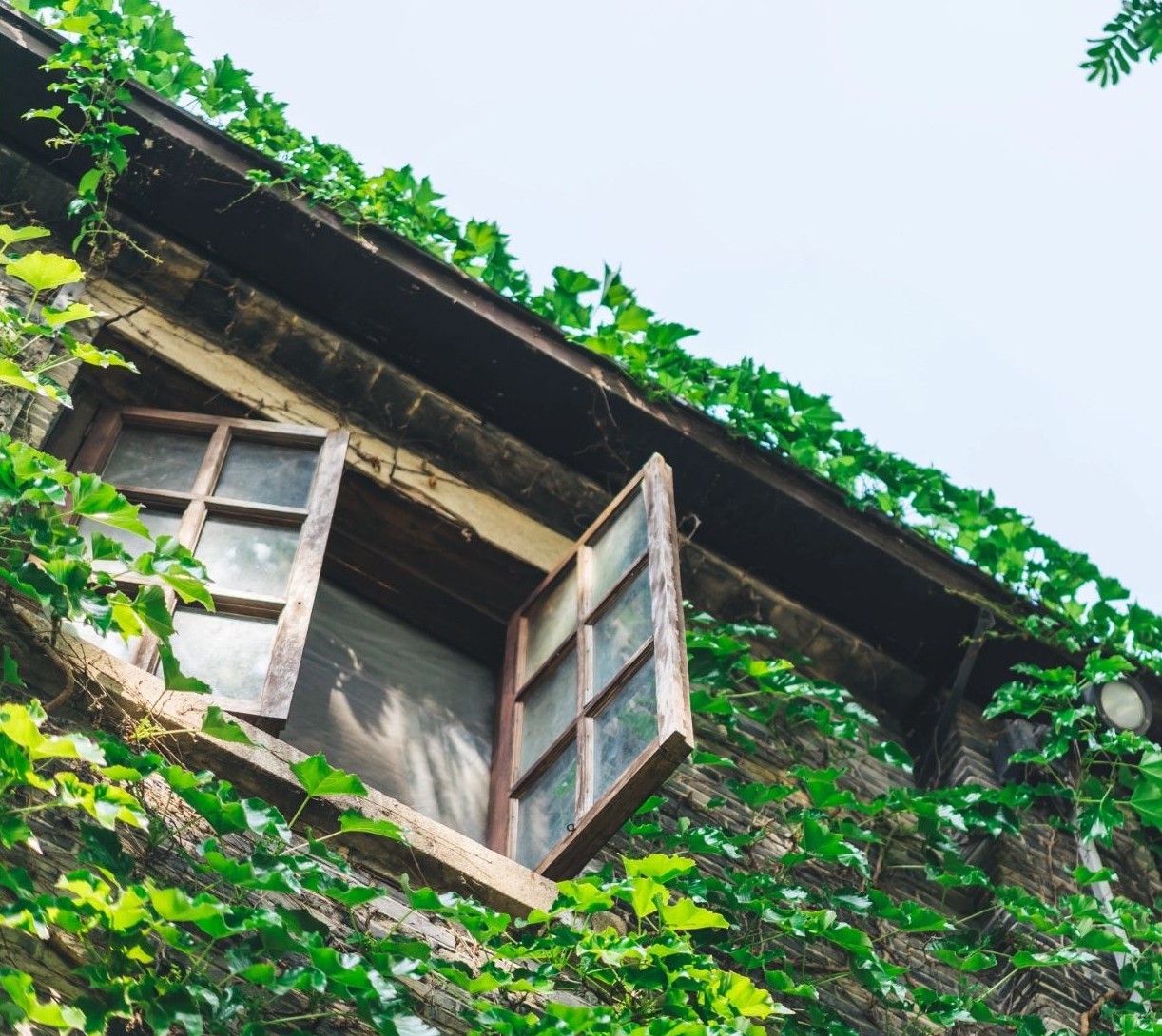
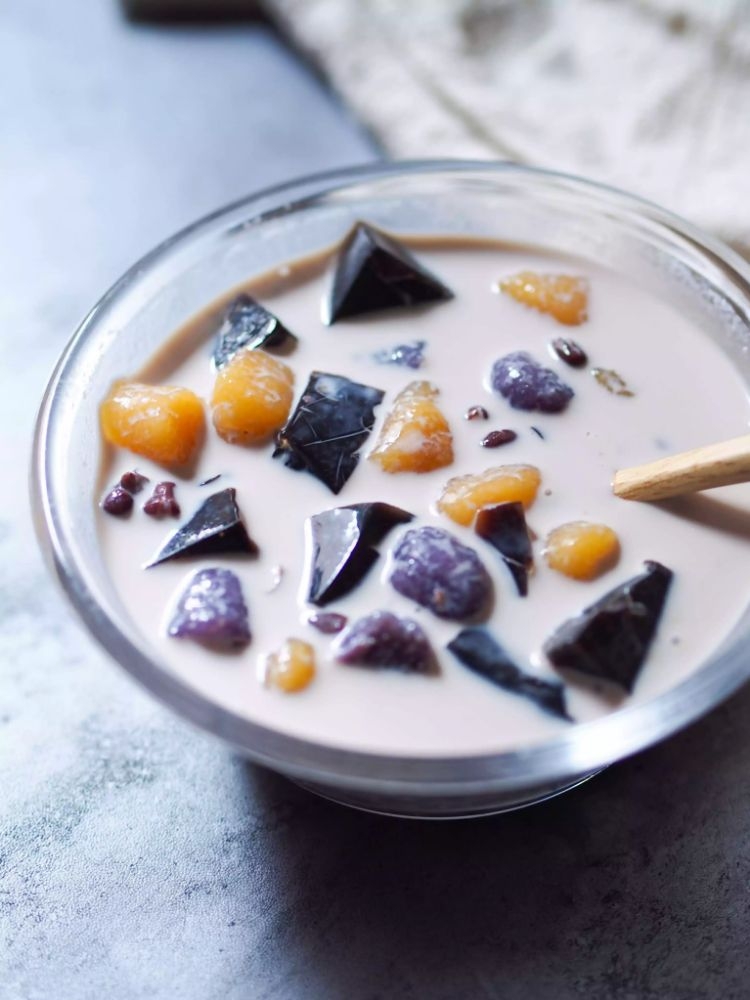

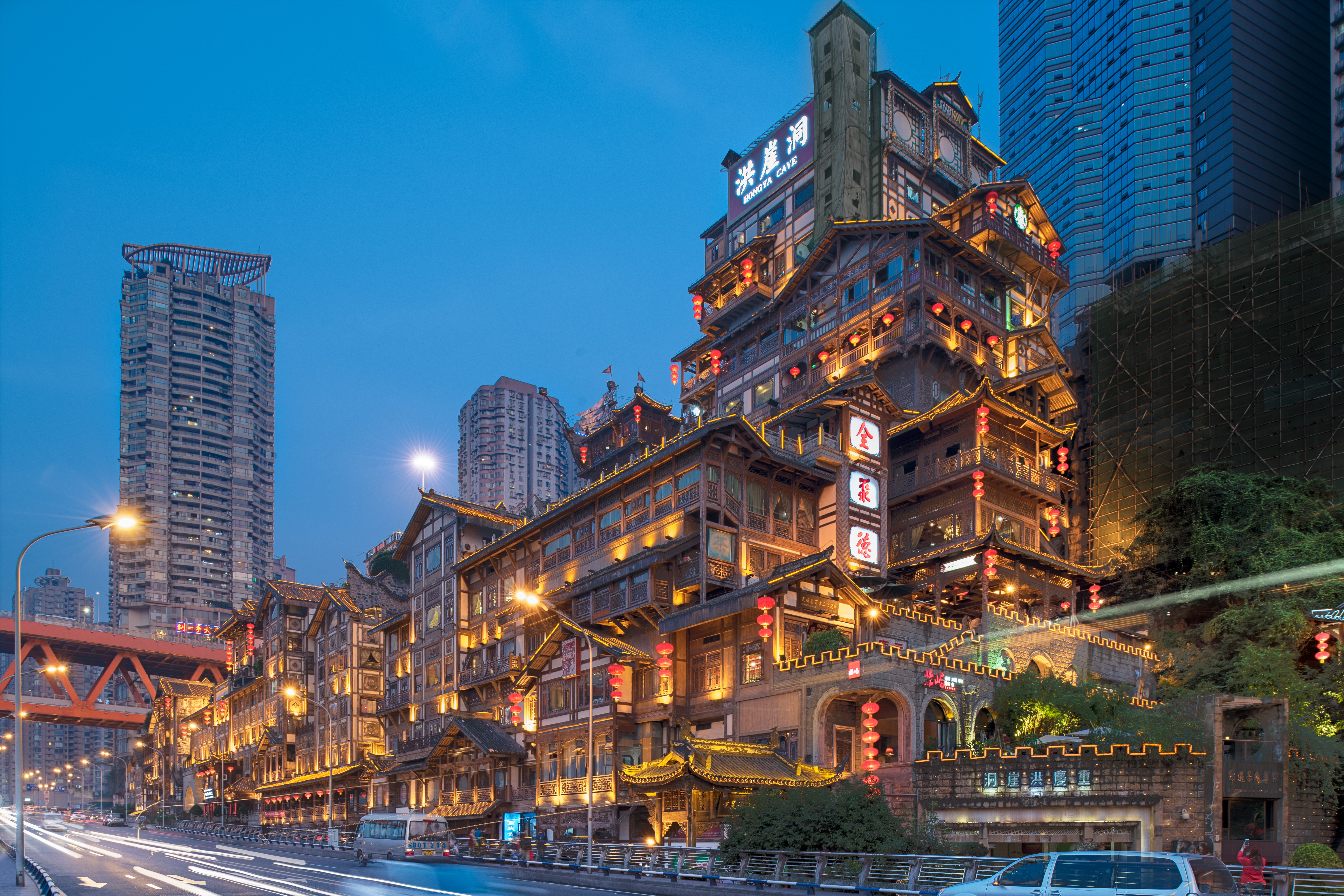


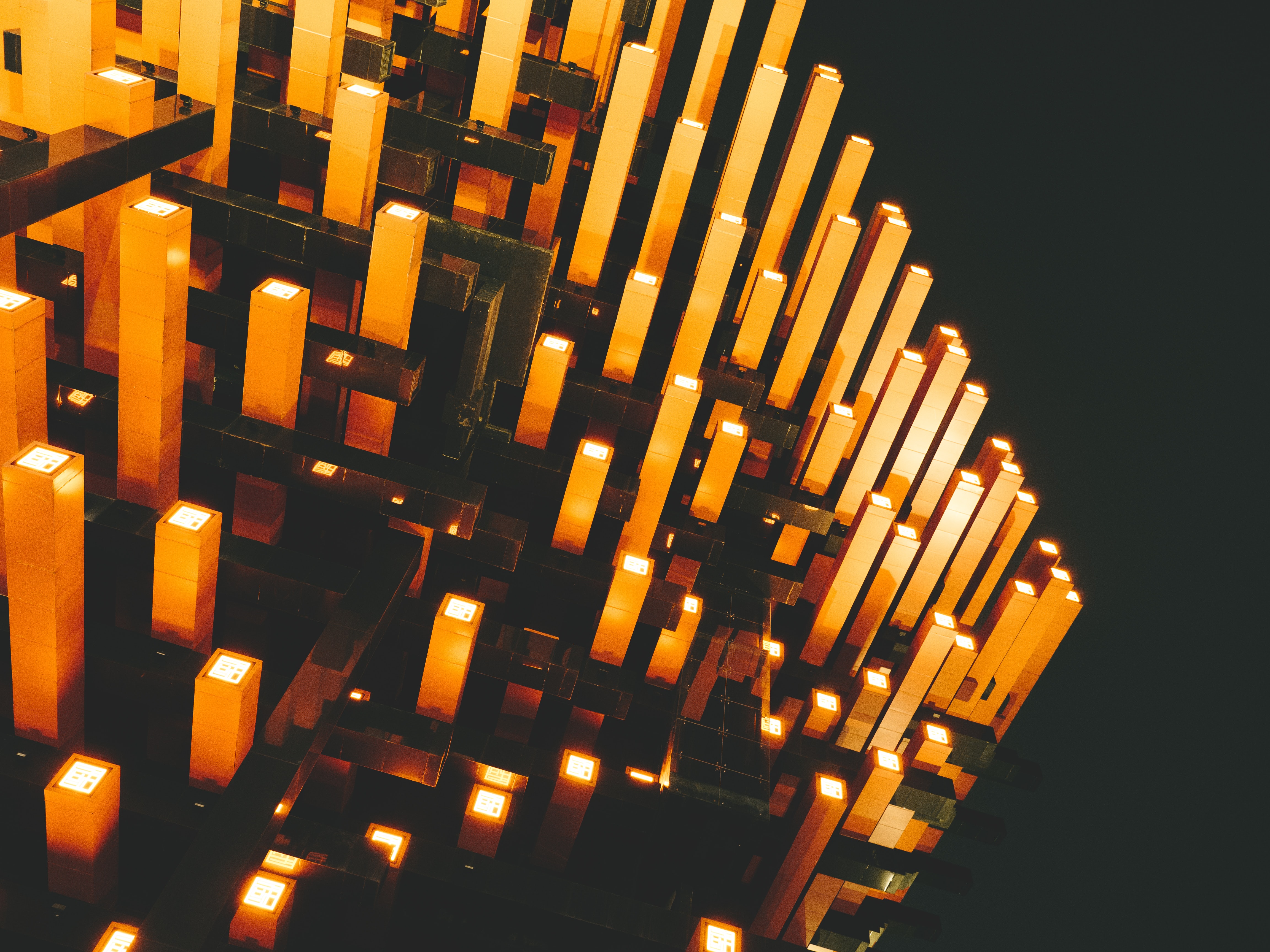
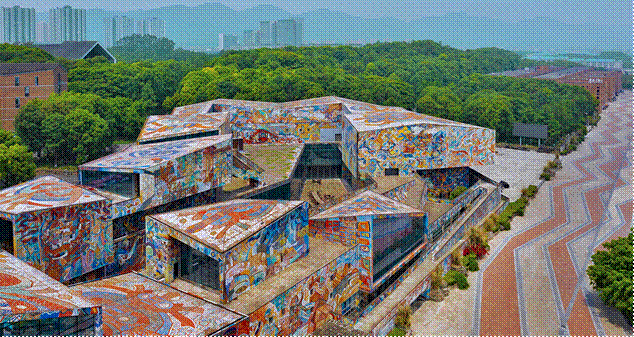
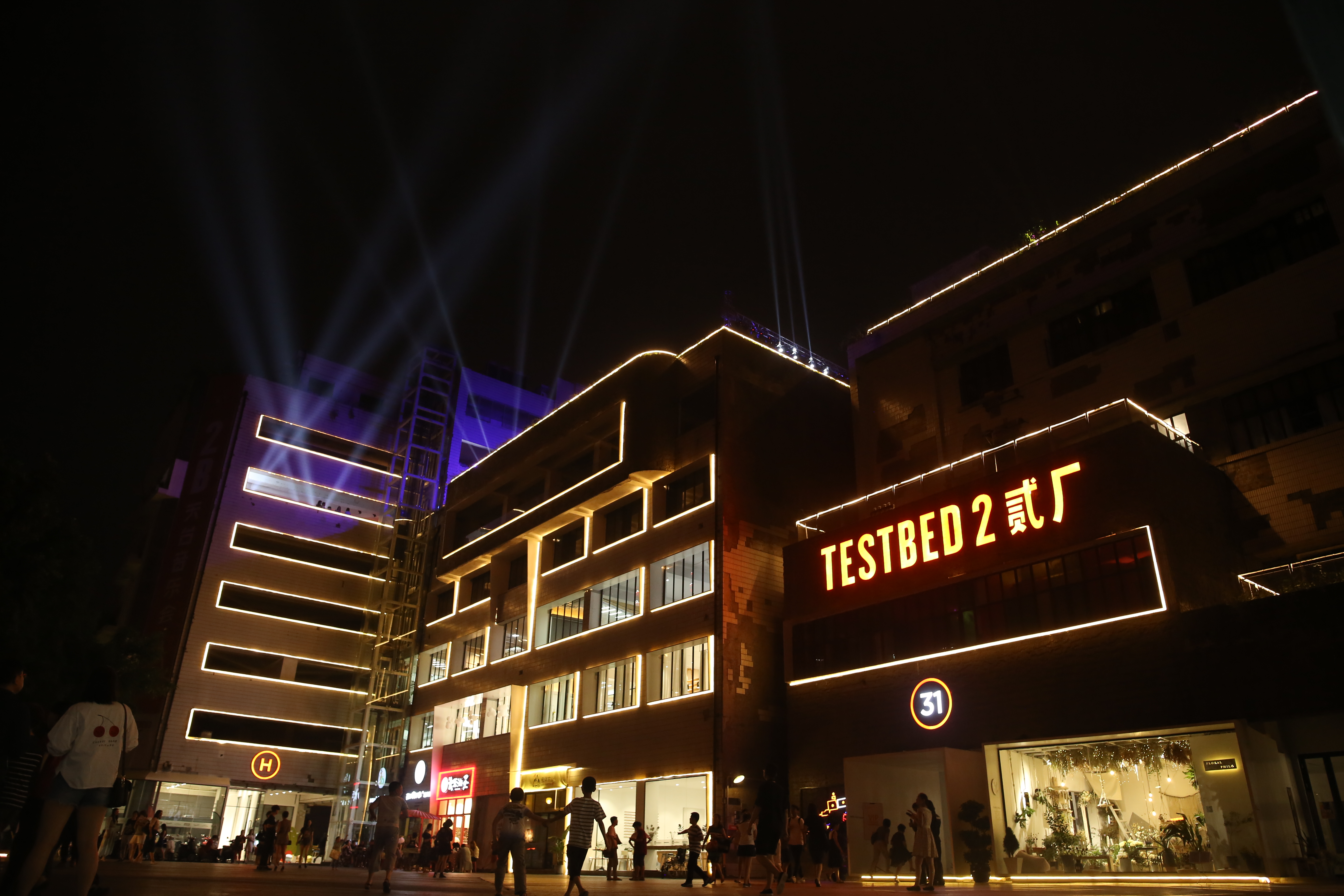
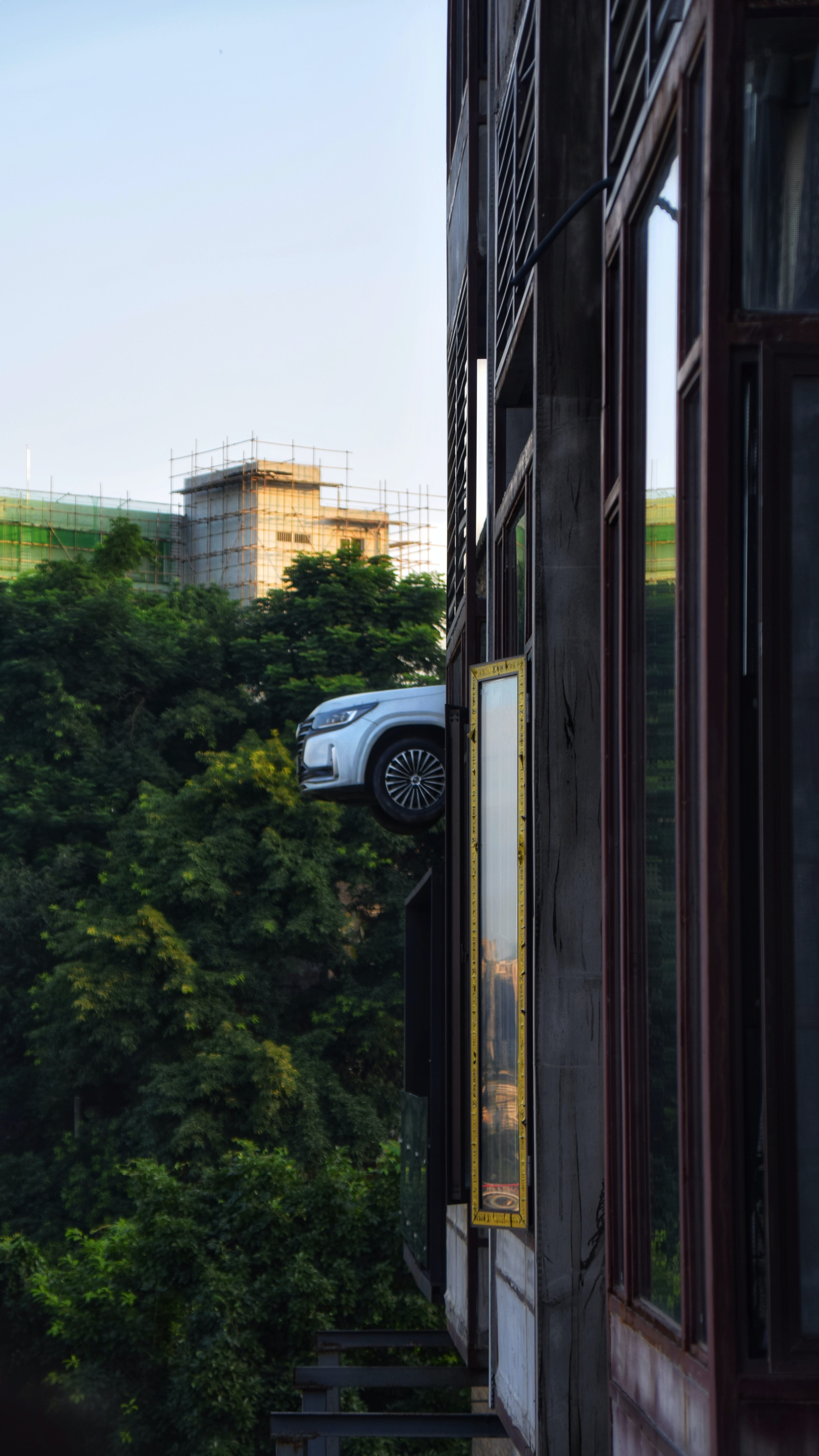
 Liziba Station / Foto av Billow 926
Liziba Station / Foto av Billow 926
 Foto av Sury0820
Foto av Sury0820 Foto av Billow 926
Foto av Billow 926 

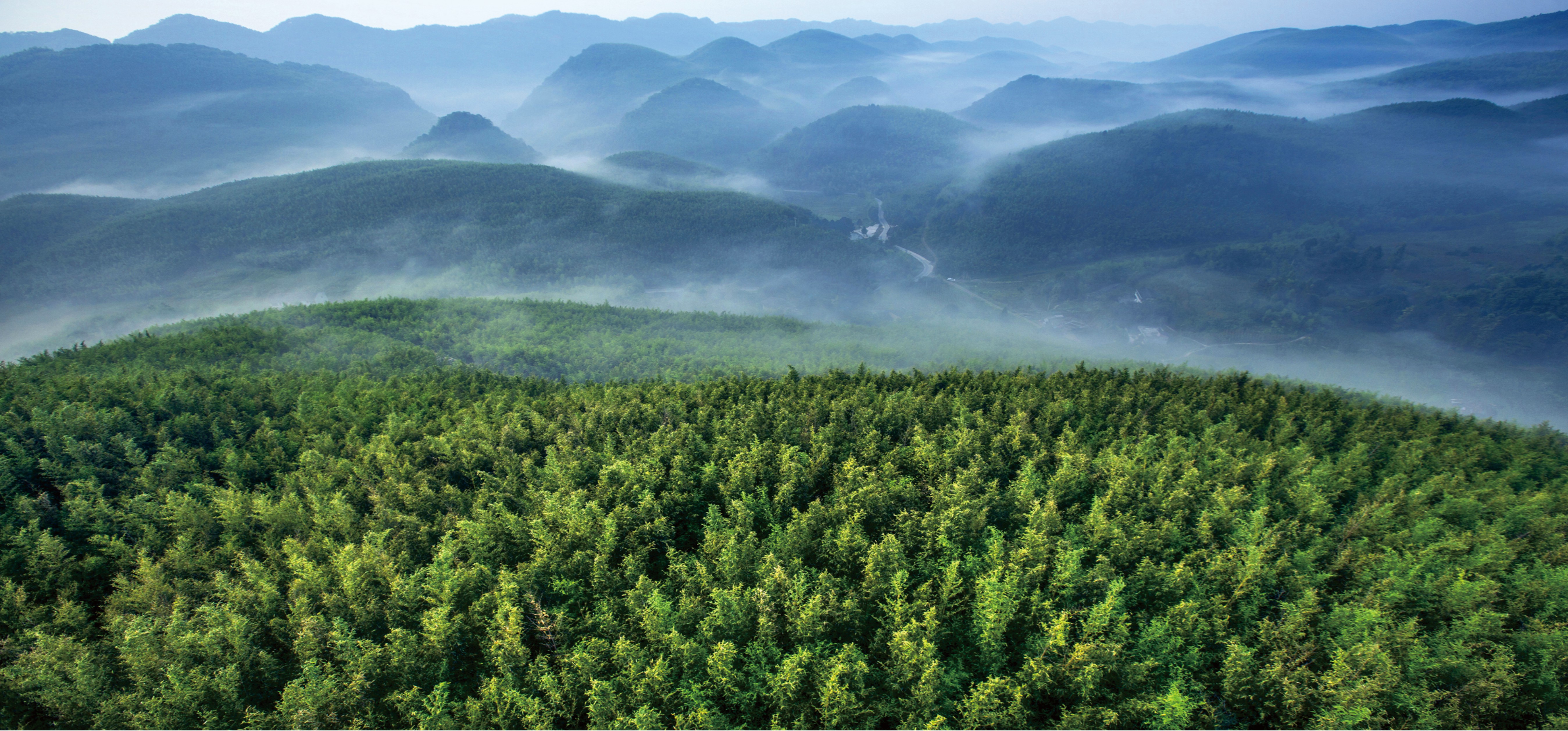
.jpg)

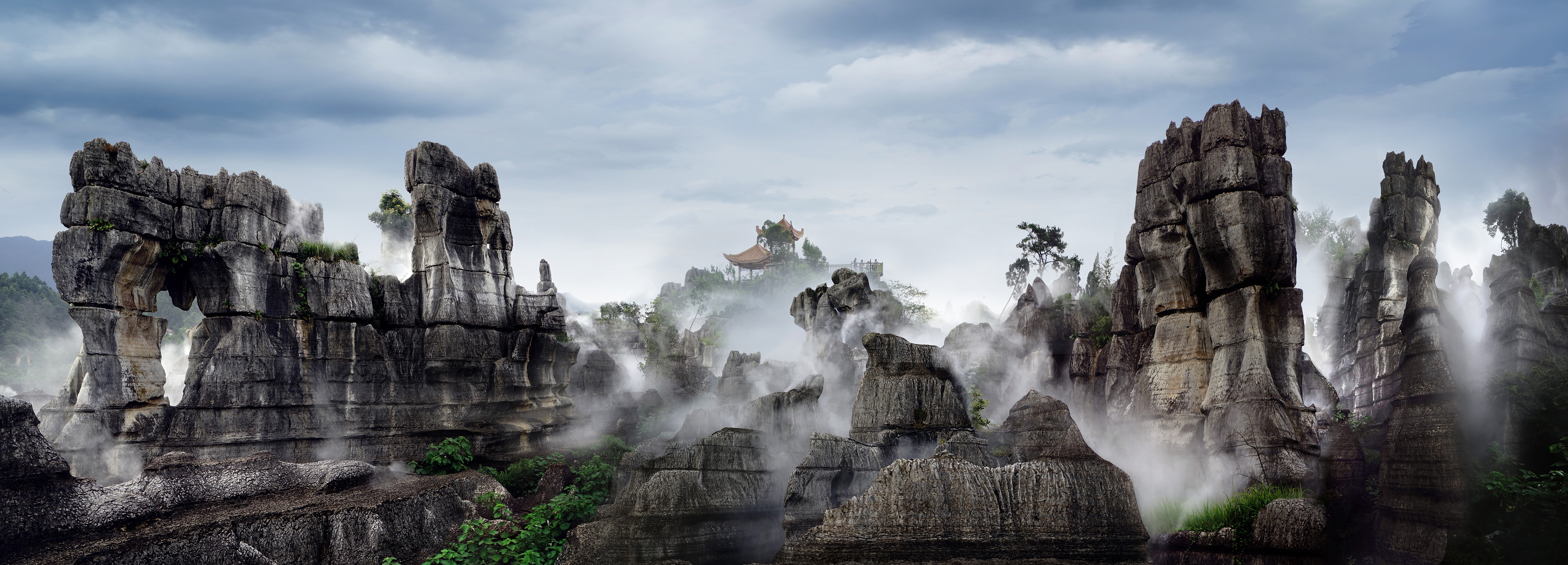
 Apeng River Valley, Youyang county
Apeng River Valley, Youyang county
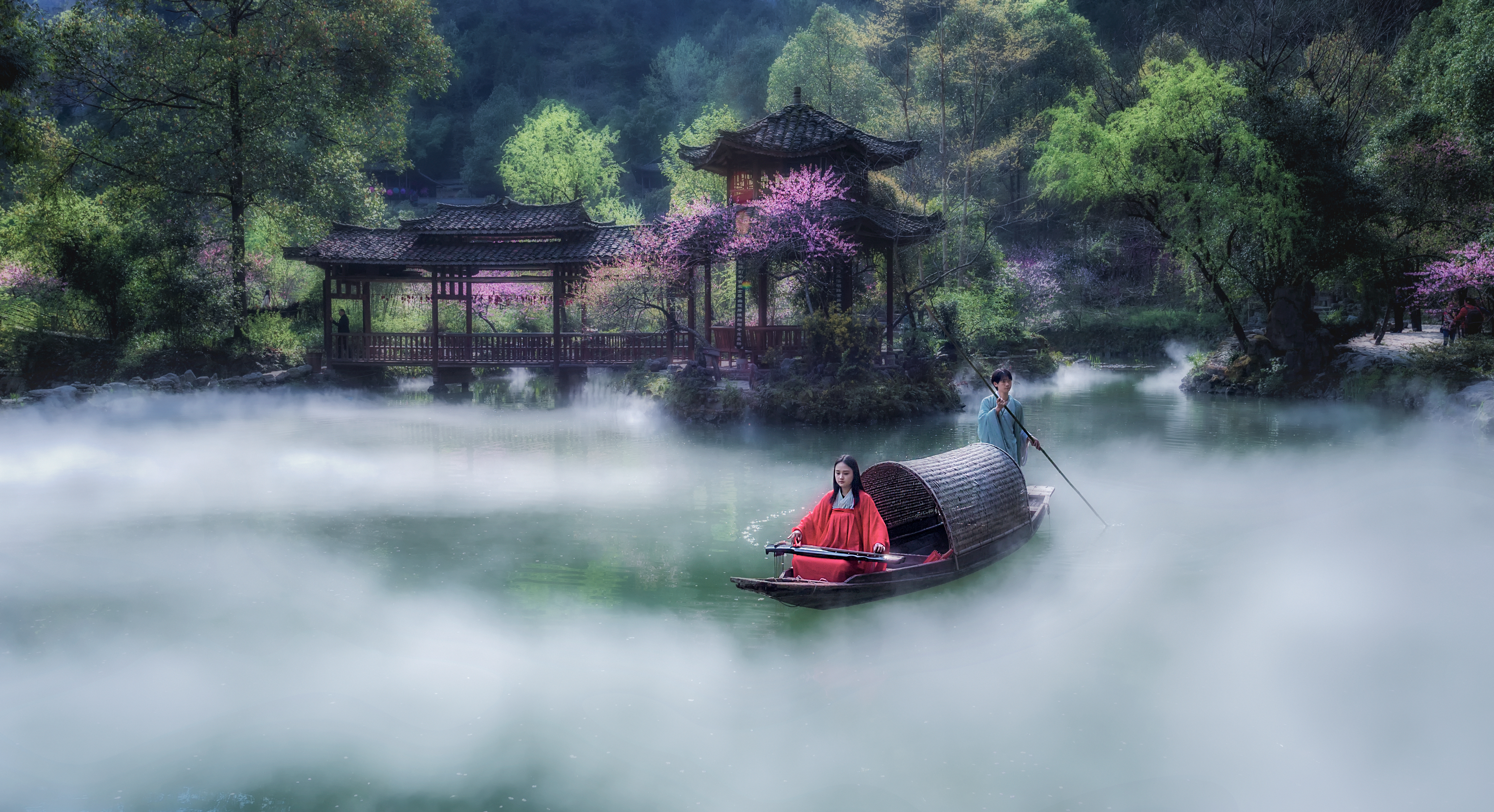


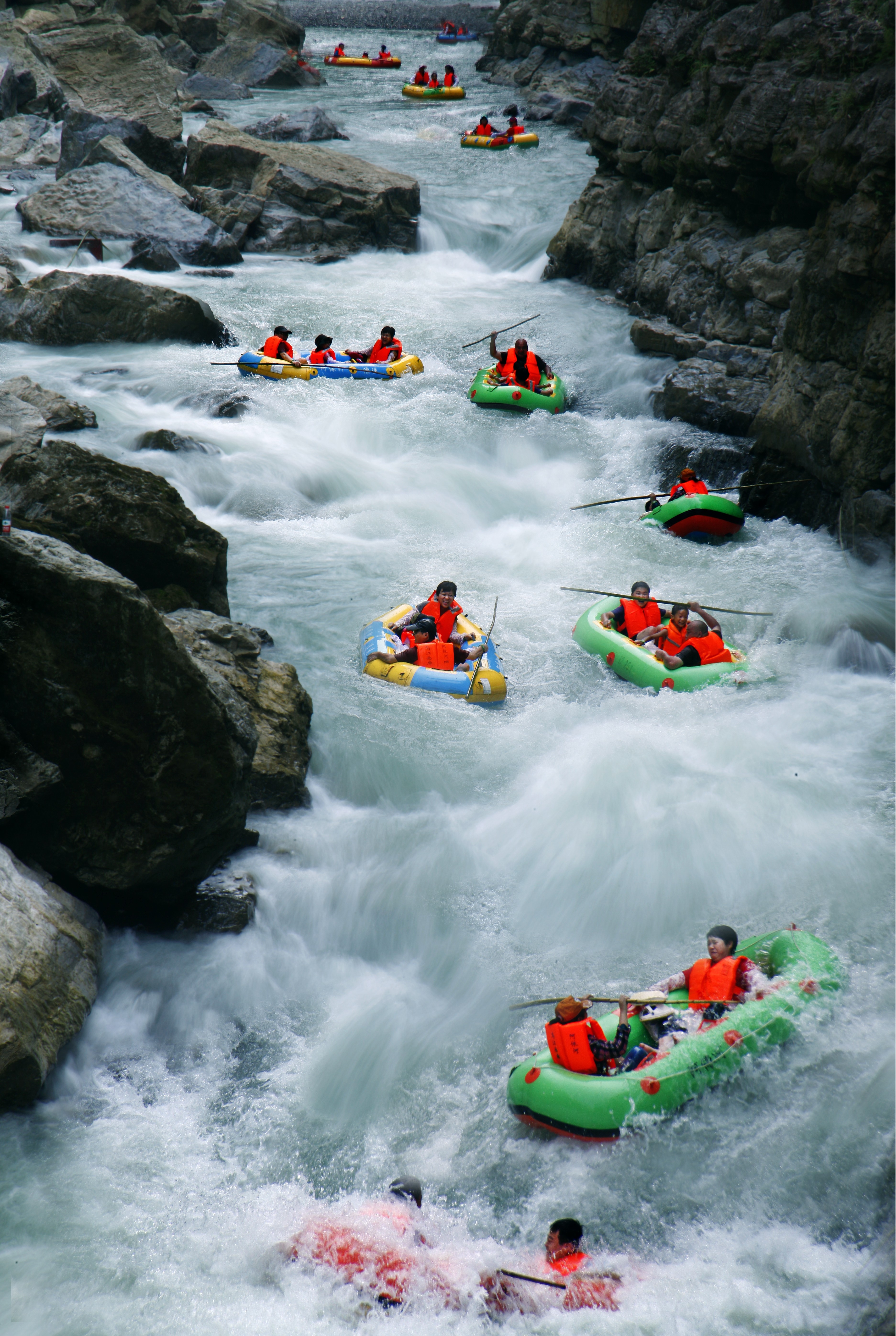
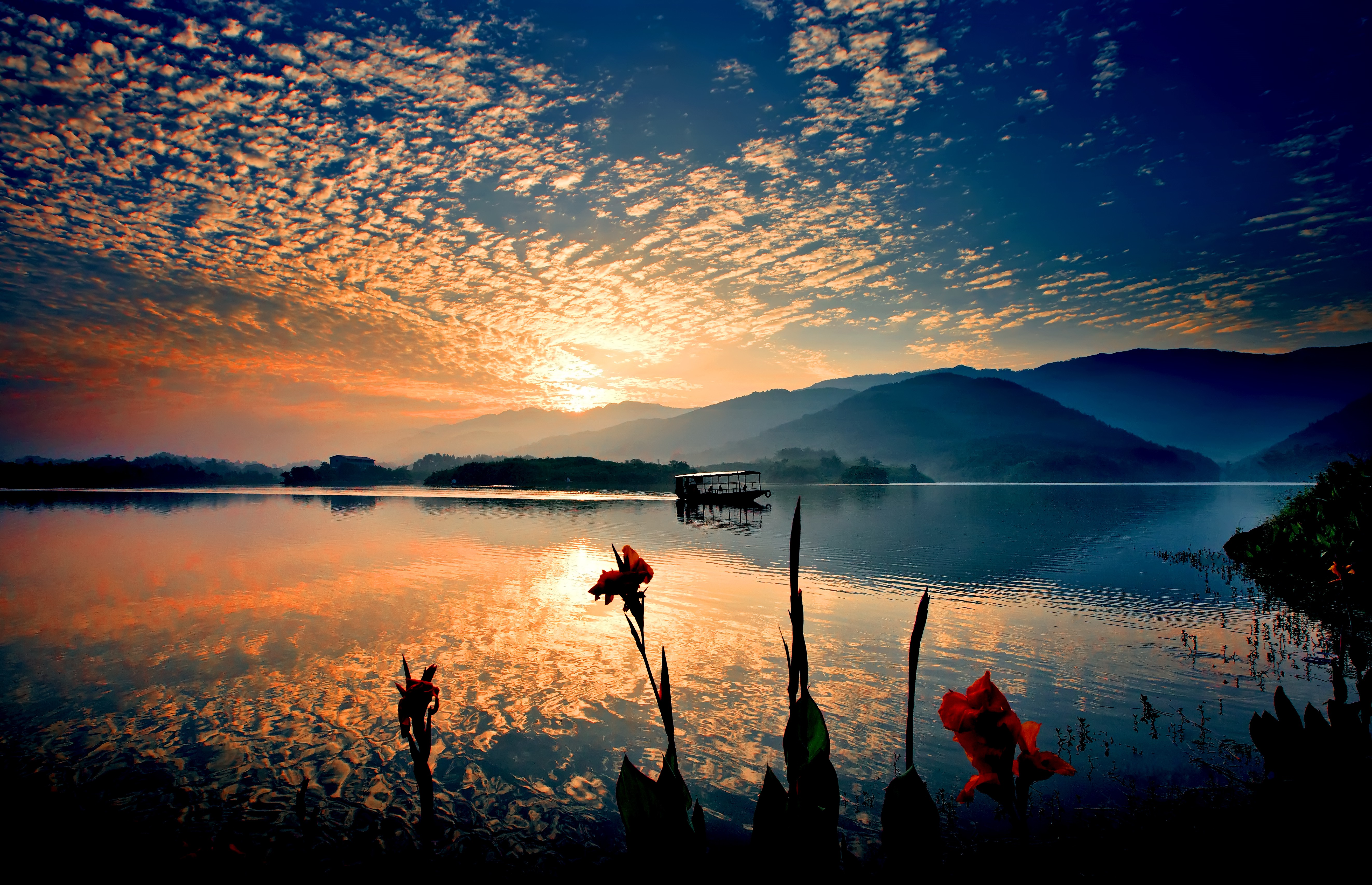
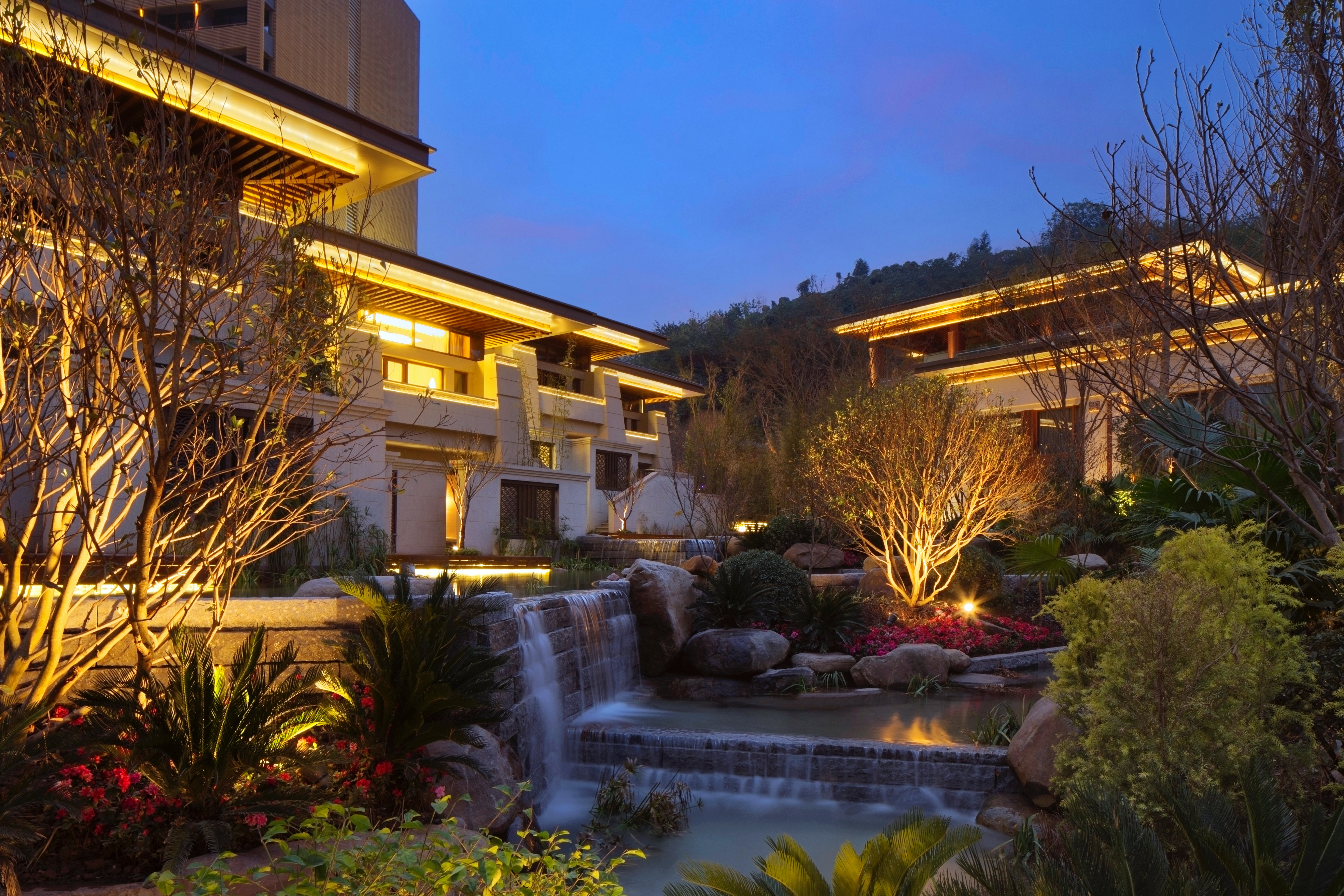
.jpg)
。.jpg)

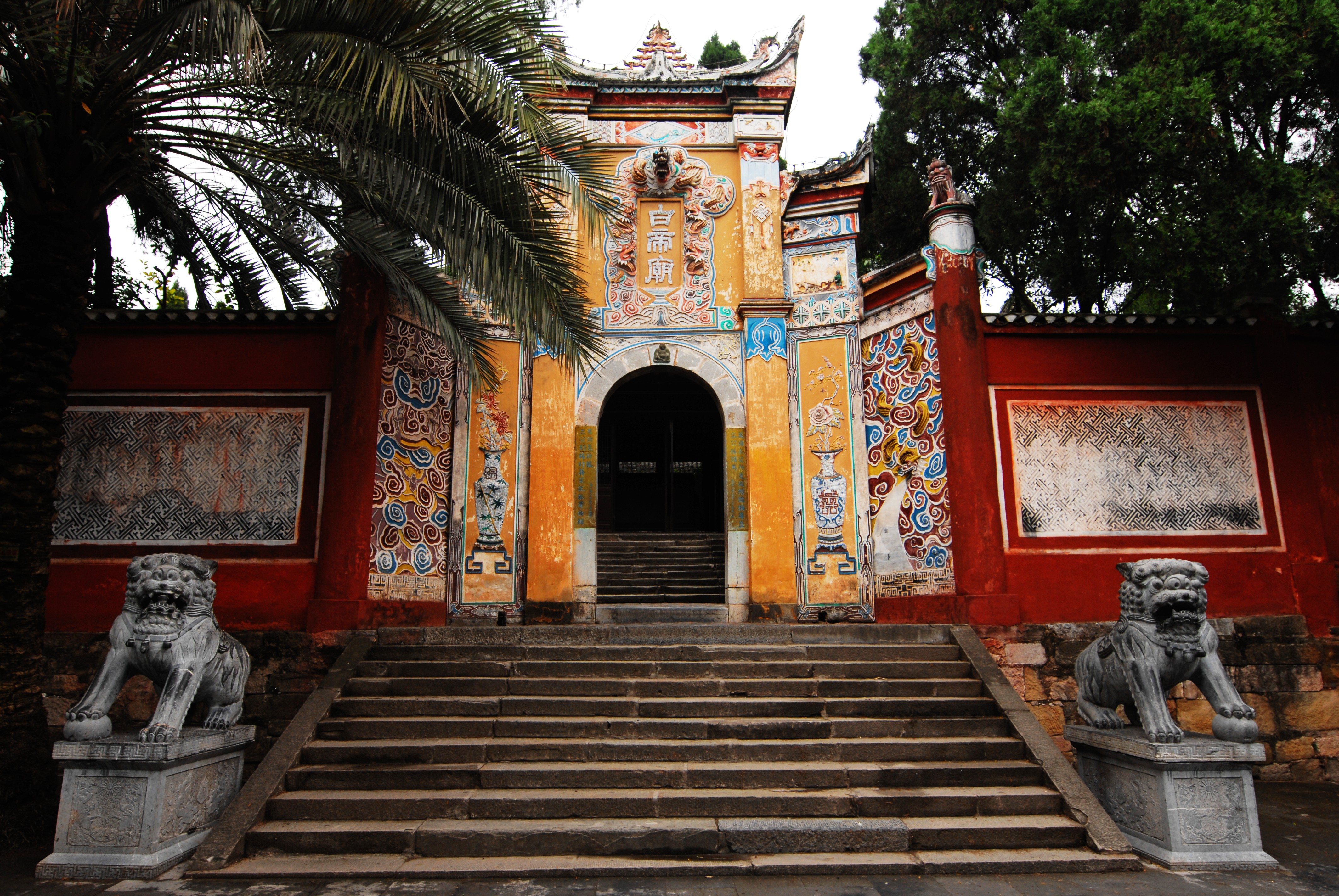
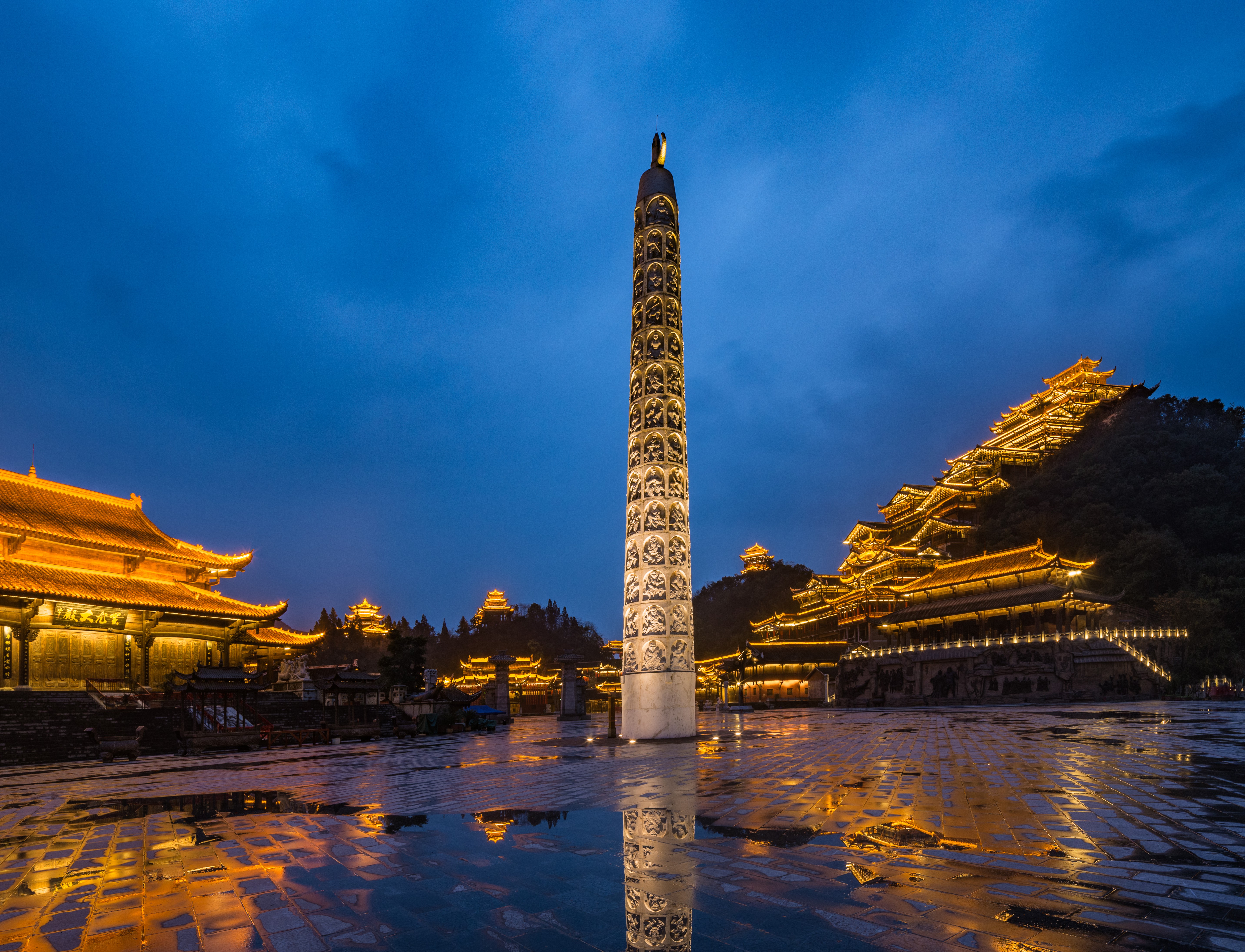


 秀山边城风光 Border Town Xiushan County / 田余君 Tian Yujun
秀山边城风光 Border Town Xiushan County / 田余君 Tian Yujun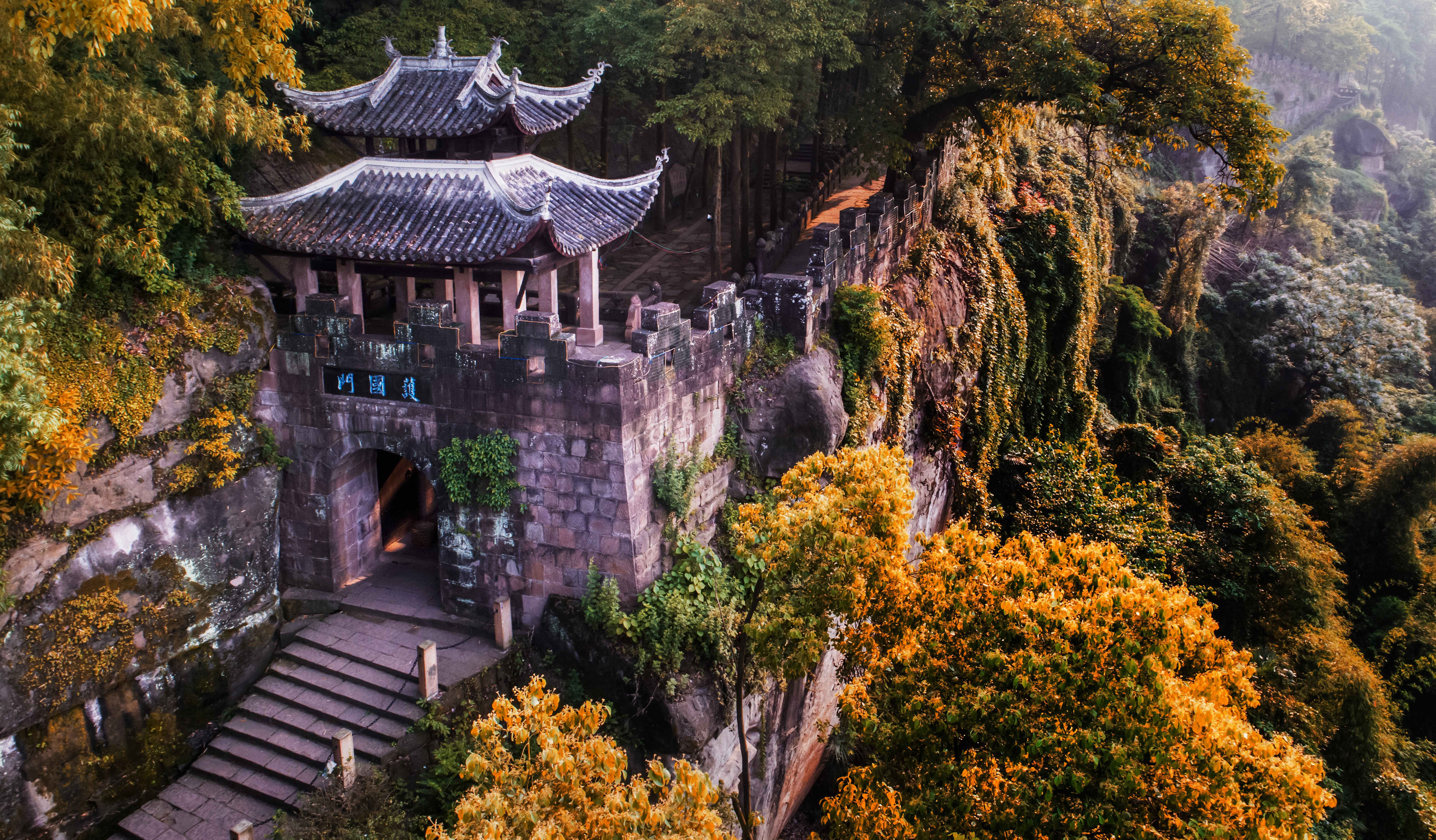
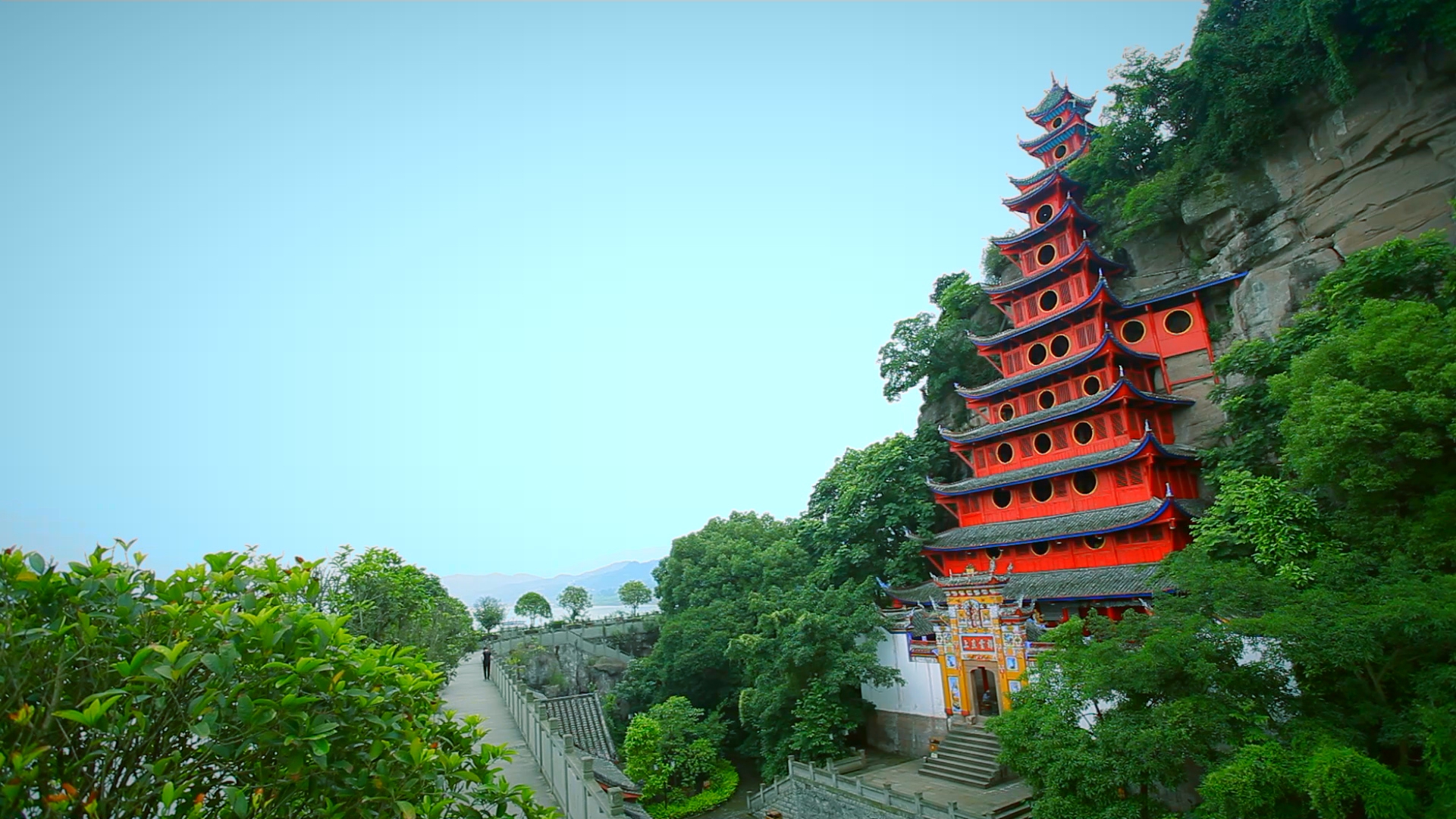
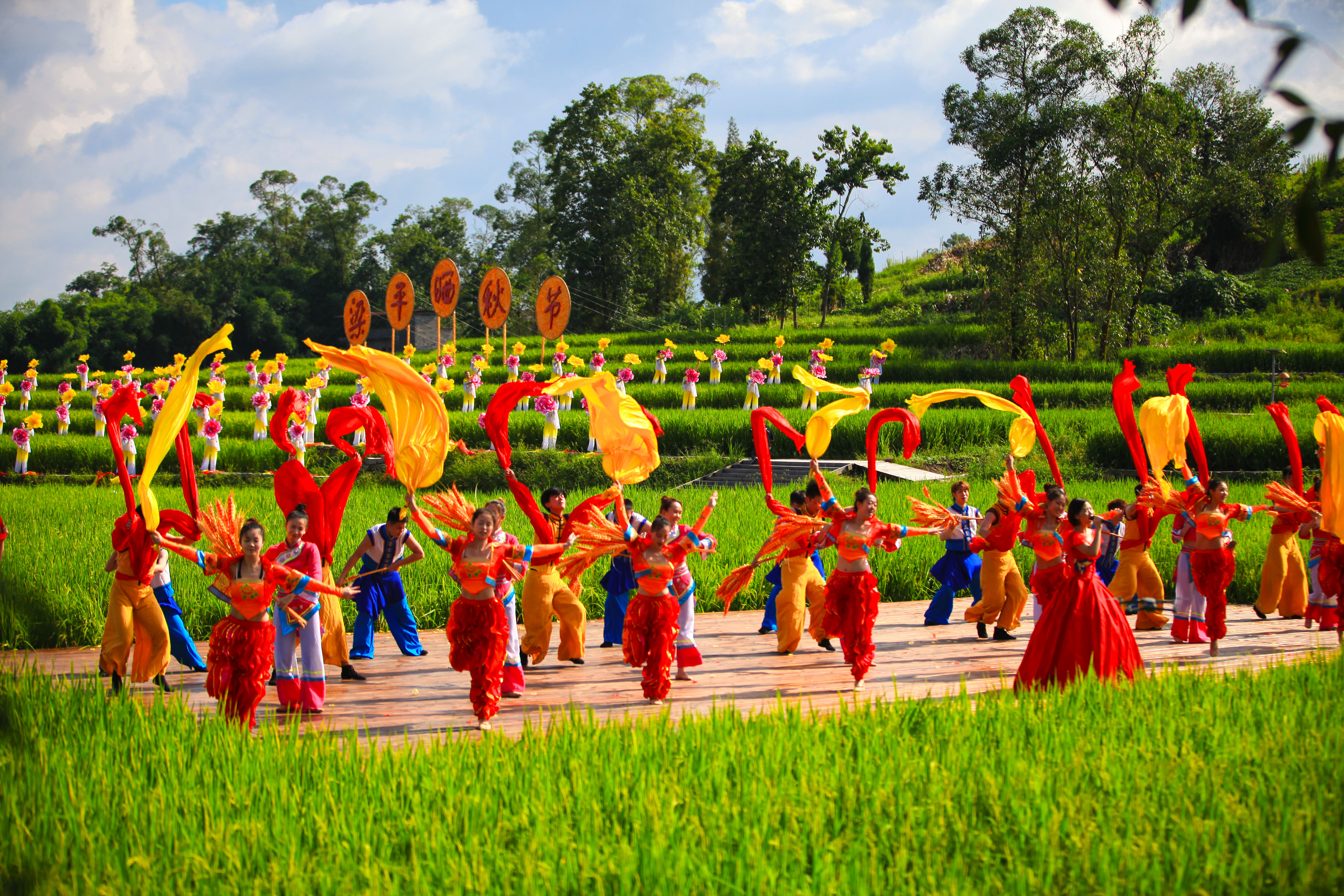
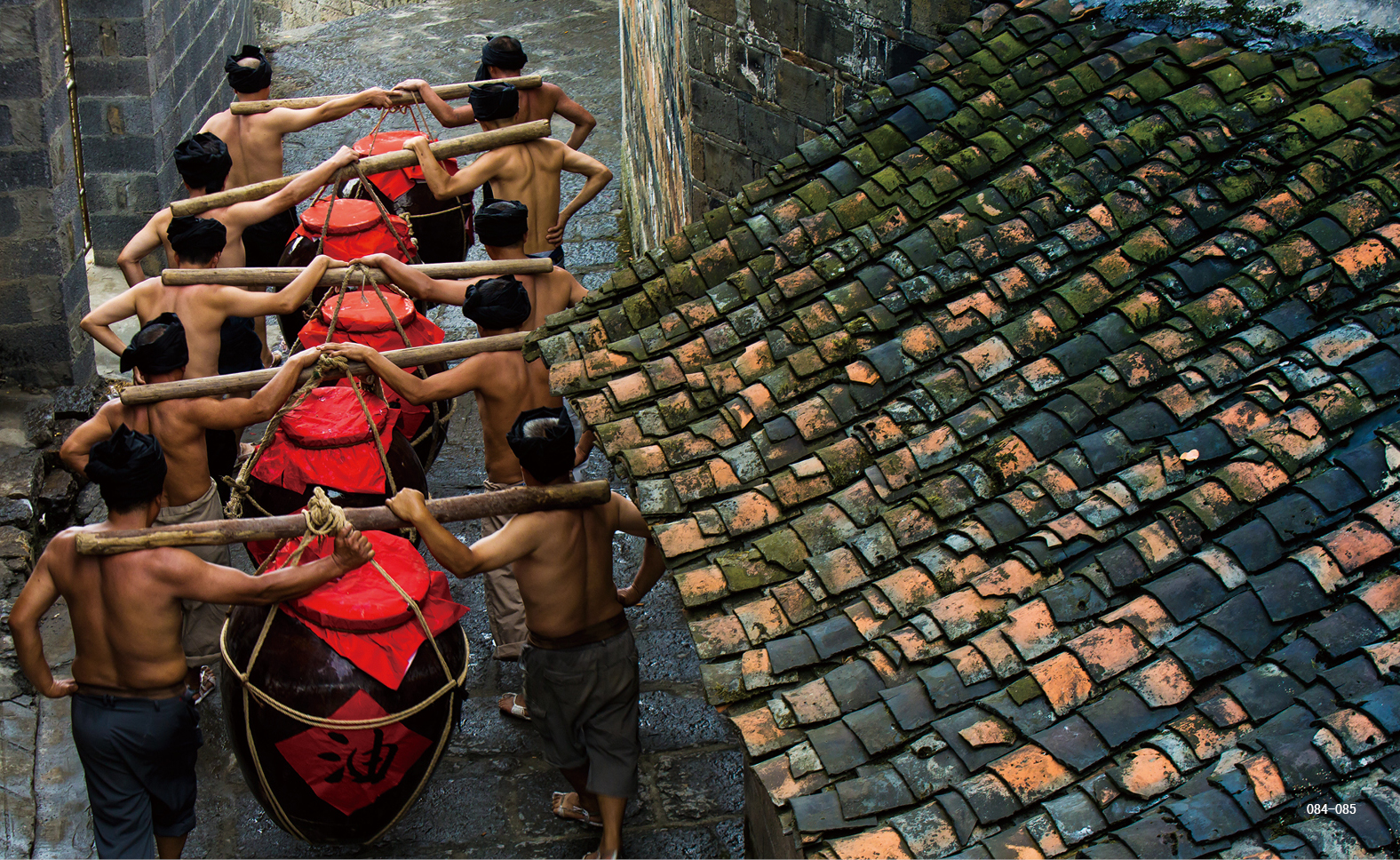
 重庆火锅 Chongqing Hot Pot
重庆火锅 Chongqing Hot Pot 重庆火锅 Chongqing Hot Pot
重庆火锅 Chongqing Hot Pot 重庆小面 Chongqing Noodles (Xiaomian)
重庆小面 Chongqing Noodles (Xiaomian) 烤鱼 Grilled Fish
烤鱼 Grilled Fish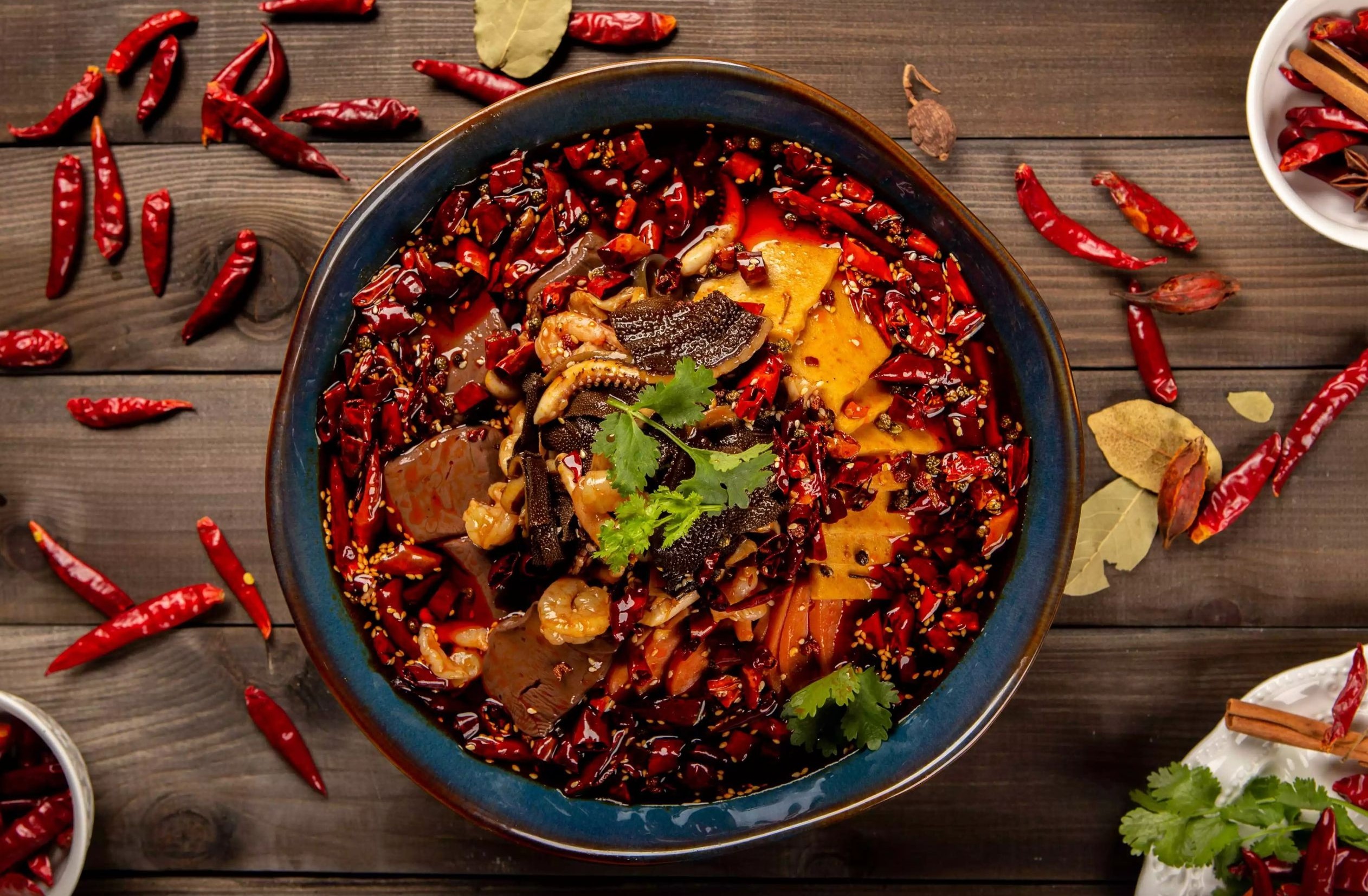
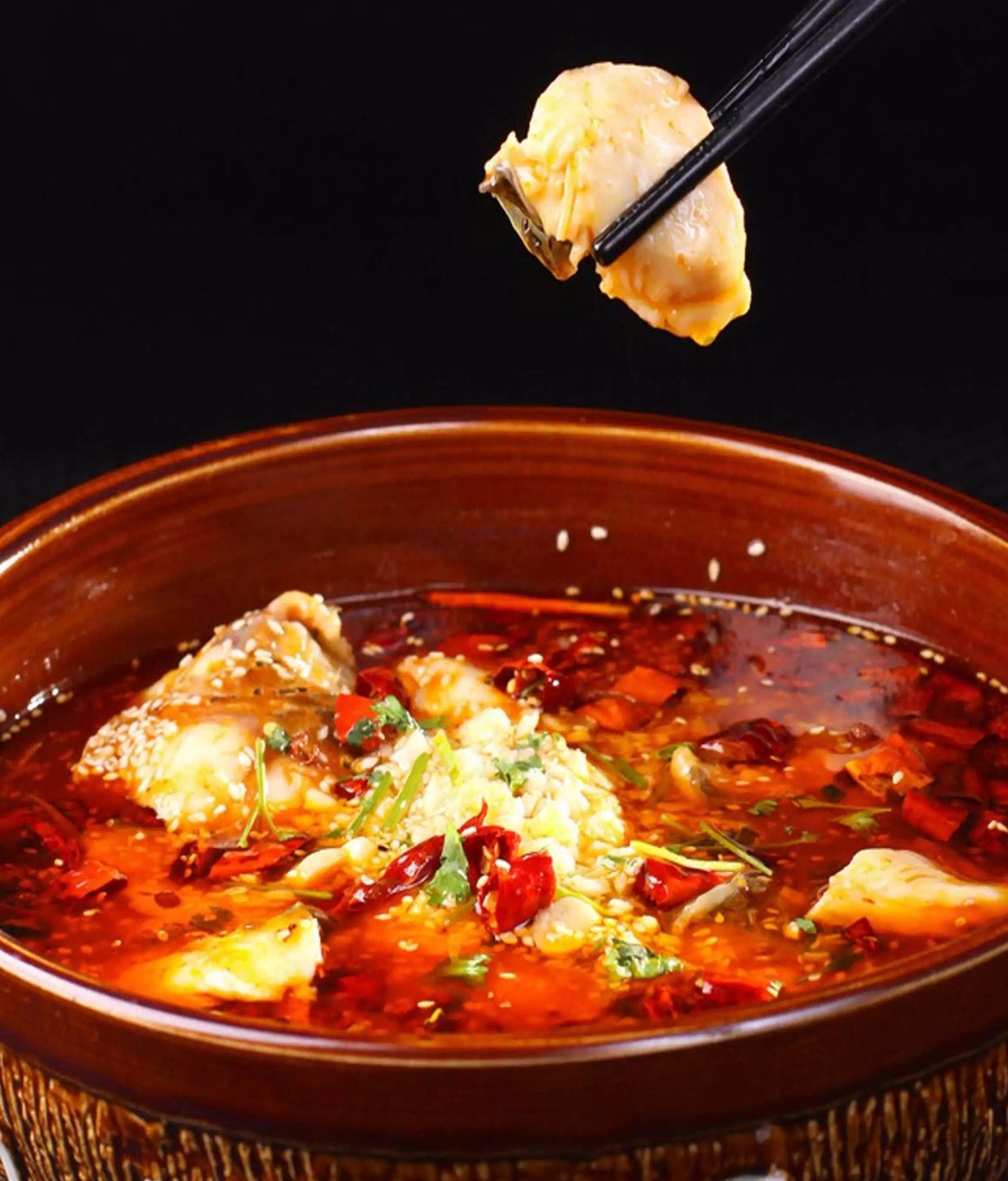

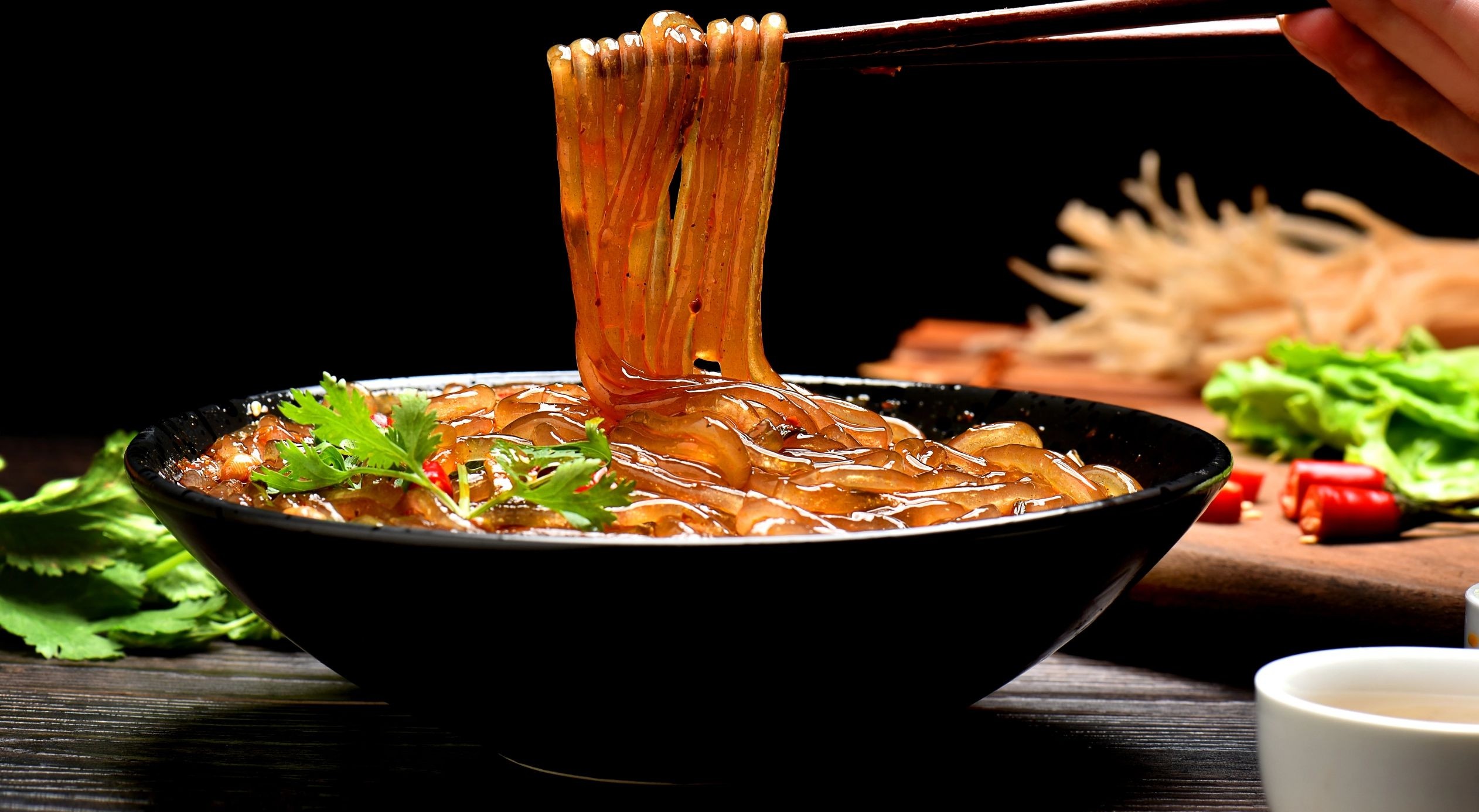
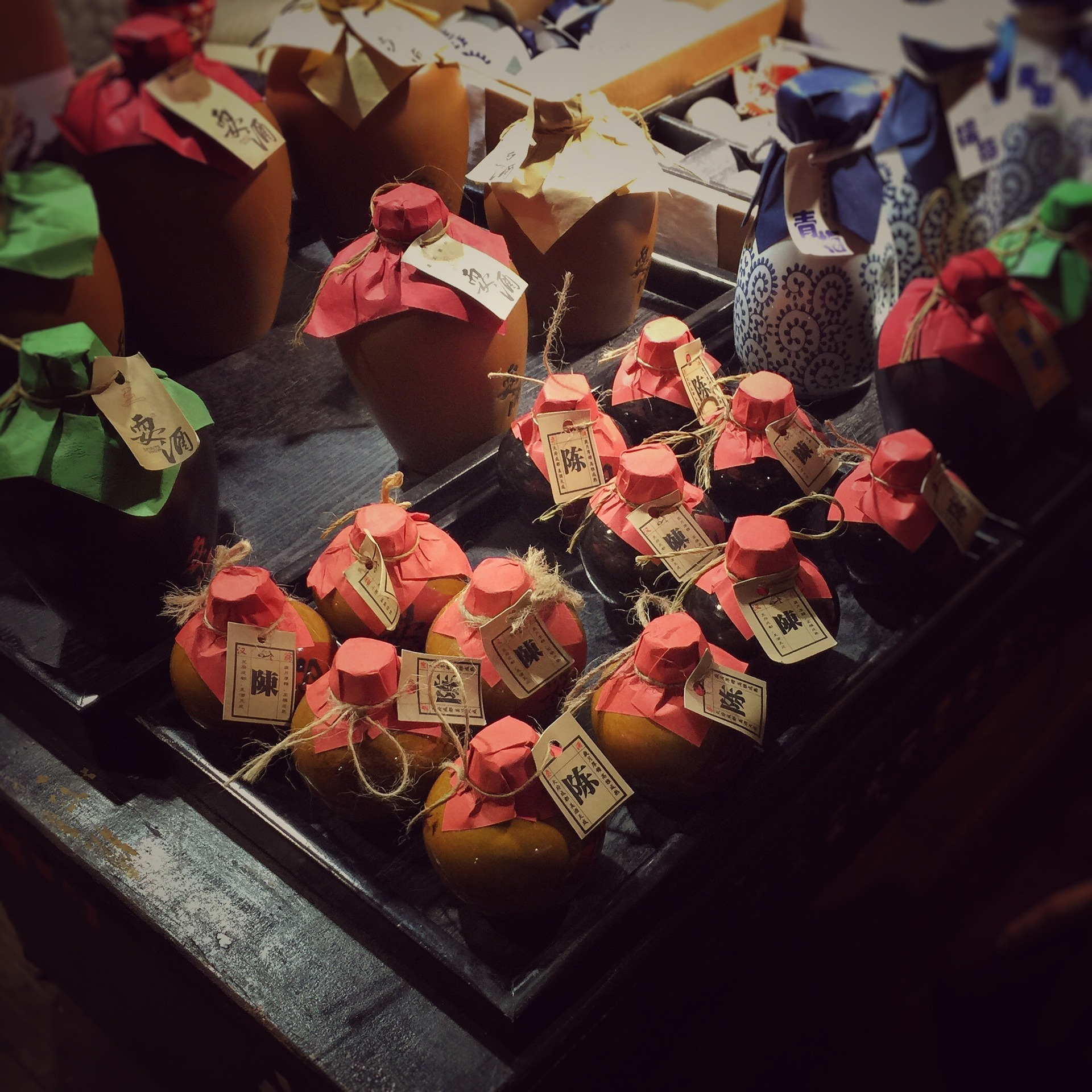
 Image by RVAJ
Image by RVAJ  麻辣小龙虾 Spicy Crayfish
麻辣小龙虾 Spicy Crayfish
 Anna Hållams/imagebank.sweden.se
Anna Hållams/imagebank.sweden.se